Preserving the past
Recipes from Calthorpes House and Mugga-Mugga Cottage

For a young Dawn Calthorpe in the 1930s, summer signalled a particular kind of rhythm. The fruit trees at 24 Mugga Way Red Hill were laden with fruit and Dawn and her older sister Del were sent out to the garden with baskets to pick them.
Apricots, peaches, nectarines, blood plums and an abundance of tomatoes were all on offer. One particular job Dawn - now Dawn Waterhouse - recalls was splitting open apricot stones to collect the kernels for jam pectin.
"I had to go outside and sit on a little flat stone in the courtyard and with a hammer I'd have to crack [the stones]....My mother didn't like [the kernels] broken, so I had to be very careful the way I cracked those little [stones]... That was the apricot jam process."

For Dawn's mother Della Calthorpe, there was a particular hierarchy to which fruit was destined for what method.
The kitchen scales were brought down from the top of the kitchen cupboard to weigh the fruit and sugar, while glass jars, rubber bands, lids and clips were laid out ready for action.
Tomatoes - "we had masses of tomatoes," Dawn recalls - were preserved whole, either peeled or unpeeled for casseroles and other dishes or bottled as tomato sauce and juice.
Apples were kept for stewing as Mrs Calthorpe felt they didn't bottle so well.
Beans were bottled only once before Mrs Calthorpe discontinued the practice.
"She heard that...bottled beans could be poisonous. How could you test?... So they all went out and that's about the only other thing I recall her doing. And they were looking so lovely, all these straight beans in the bottle. "
The apricots, unpeeled, were destined for jam with the jars sealed with melted paraffin wax, but it was the white peaches, always peeled, which were the prized fruit. They were reserved for bottling to be enjoyed as a dessert at a later date.
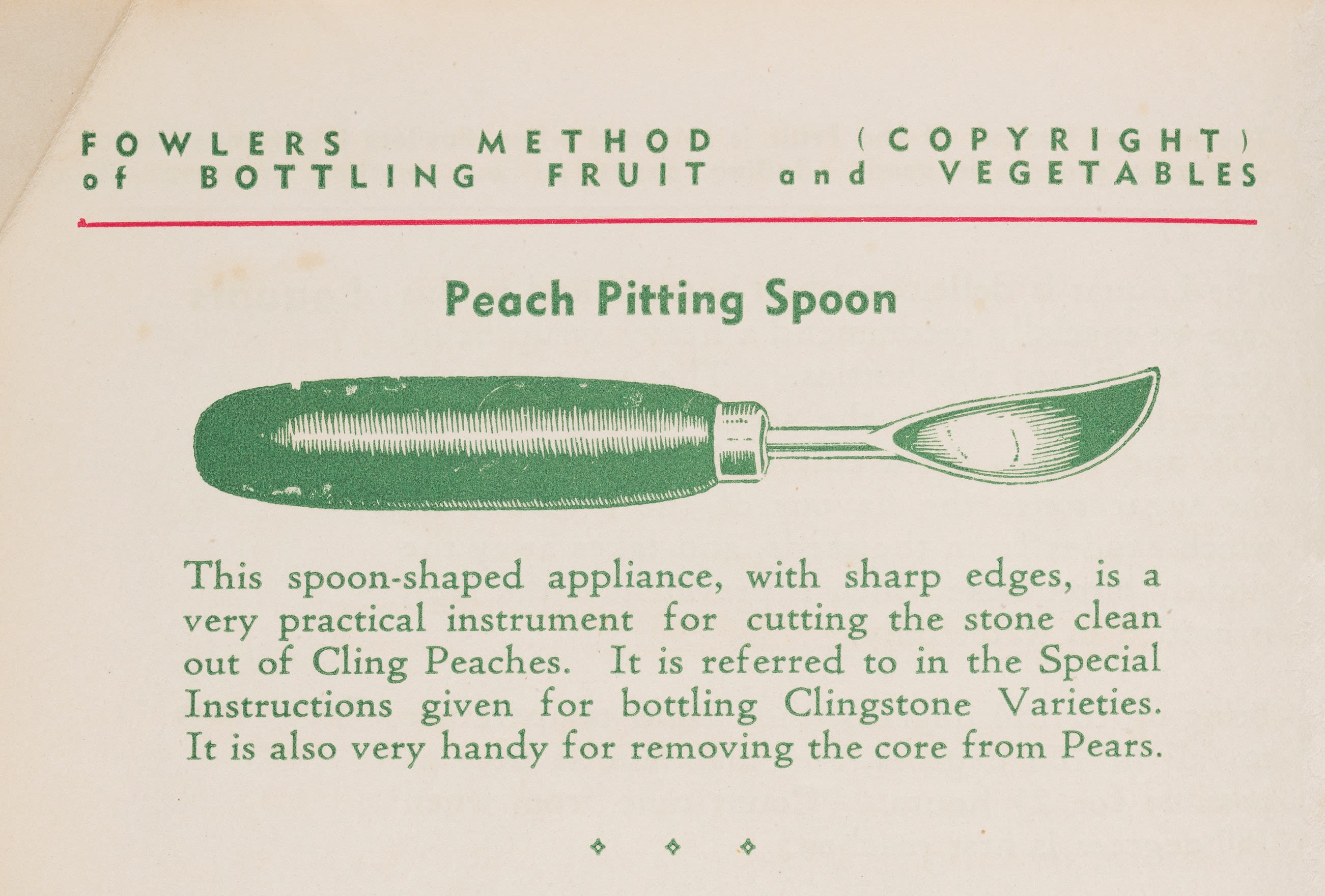
Peach pitting spoon, illustration in Fowlers Method of Bottling Fruits and Vegetables by J Fowler, Copyright Fowlers Vacola, Calthorpes House Collection CH1627, ACT Historic Places
Peach pitting spoon, illustration in Fowlers Method of Bottling Fruits and Vegetables by J Fowler, Copyright Fowlers Vacola, Calthorpes House Collection CH1627, ACT Historic Places
"It was just sugar. I don't think there was anything else added at all... and they [the peaches] were just put in the bottles and simmered so slowly in this big, big boiler. If you did it quickly they would rise up to the top...
"She did the peaches so beautifully. I don't think I've ever had a better peach anywhere than hers...
"We tried to make strawberry jam but it got a bit runny so we were disappointed in that... apricot jam we just loved, and that was it.
"Bread and apricot jam topped with whipped cream. That was just something. For any Saturday lunch, that was a lovely thing to have."
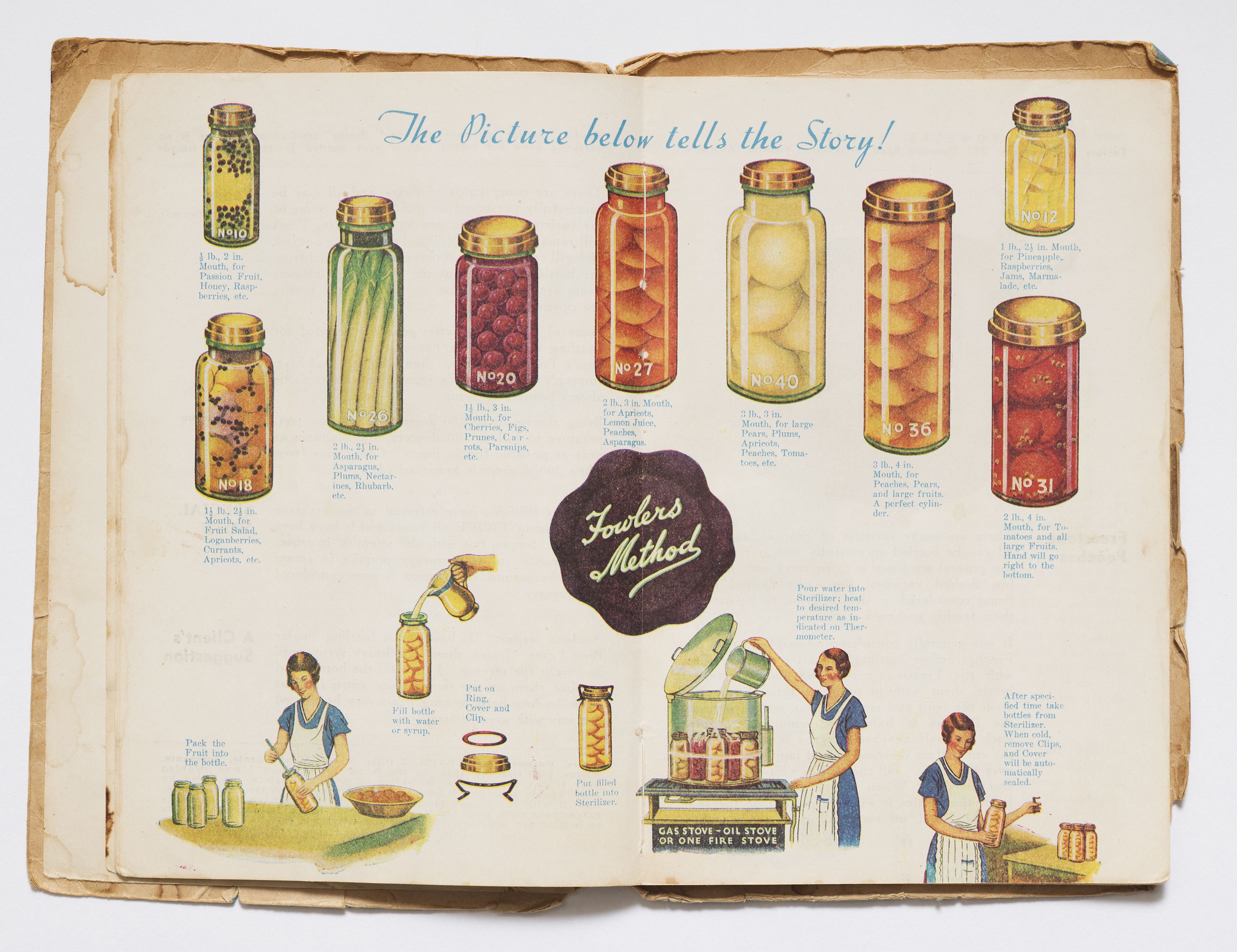
Illustration in Fowlers Method of Bottling Fruits and Vegetables by J Fowler, Copyright Fowlers Vacola, Calthorpes House Collection CH1627, ACT Historic Places
Illustration in Fowlers Method of Bottling Fruits and Vegetables by J Fowler, Copyright Fowlers Vacola, Calthorpes House Collection CH1627, ACT Historic Places
Recipe: Mrs Calthorpe's Apricot Jam
Ingredients: 4 kg apricots, 4 kg sugar, 1/2 cup water, juice of two lemons
Method: Halve apricots and add kernels, add water and bring slowly to boil and simmer until tender. Add warm sugar. Boil fast for 15 minutes. Lumpy and chunky - good.
[Note: Raw apricot kernels have been banned for sale in Australia since 2015 due to the risk of cyanide poisoning and are particularly dangerous for children. The warning from Food Standards Australia New Zealand does not extend to processed or cooked kernels but if in doubt lemon juice added before the fruit is simmered can suffice.]

Transparent preserve covers, Calthorpes House Collection CH1931, ACT Historic Places
Transparent preserve covers, Calthorpes House Collection CH1931, ACT Historic Places
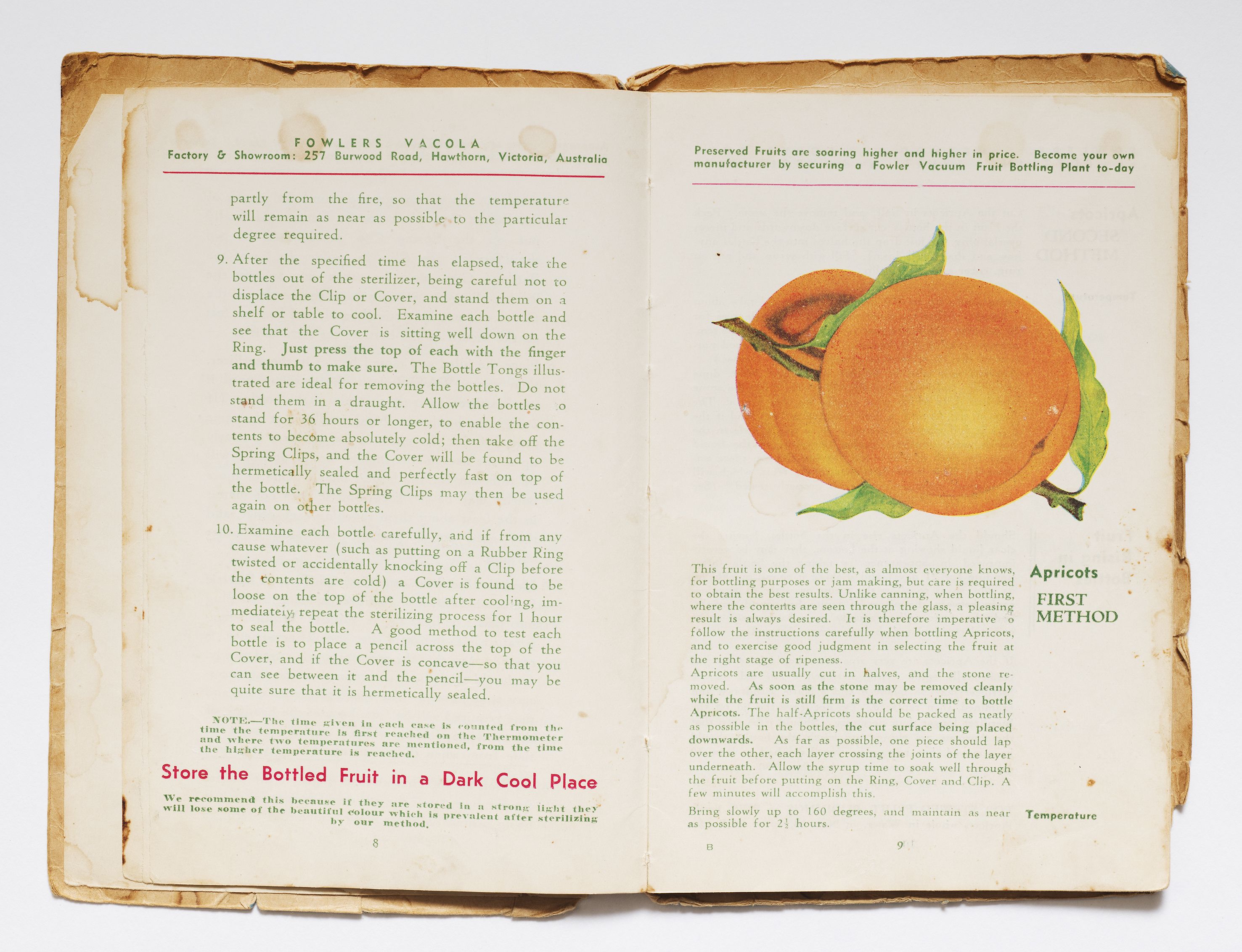
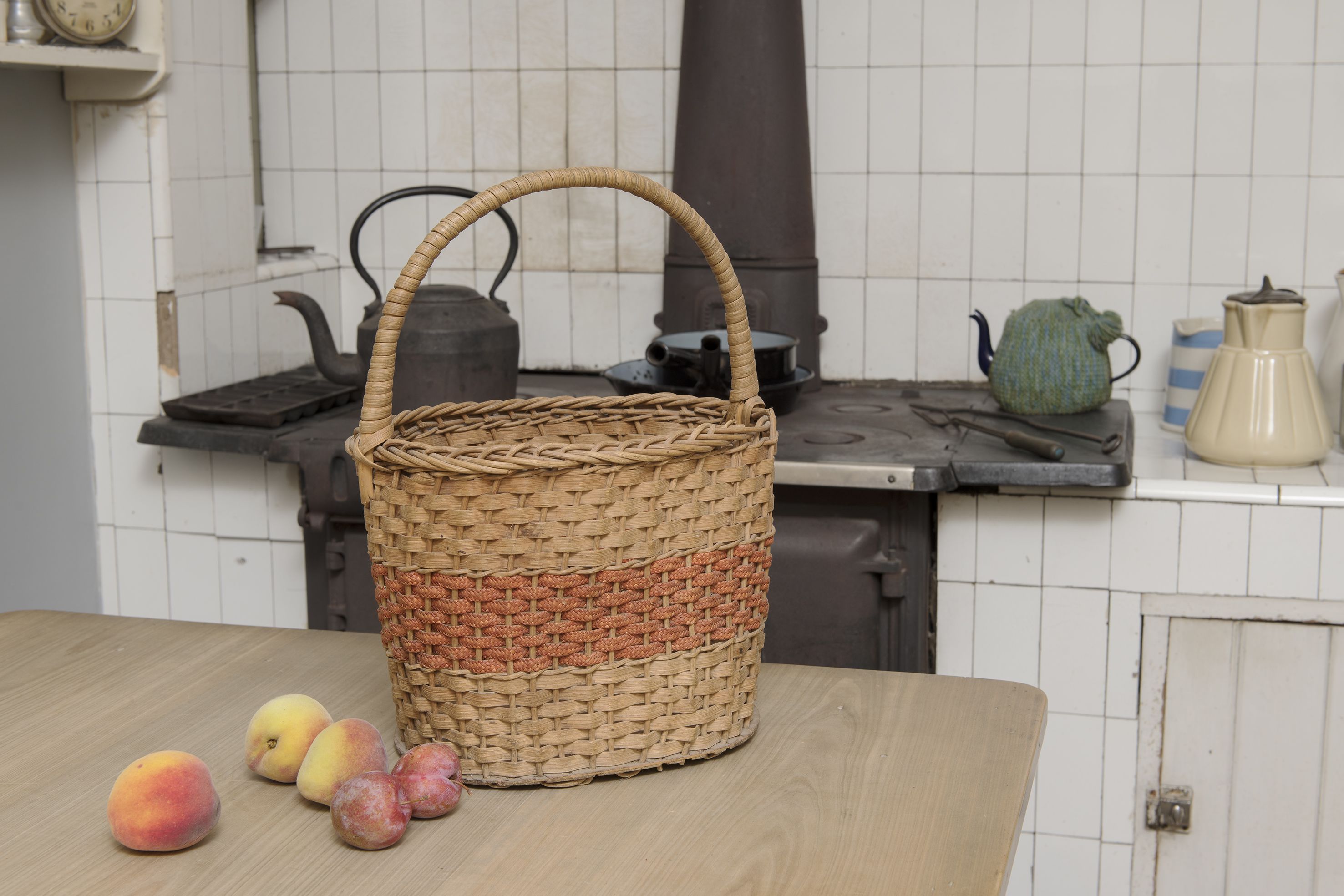



Dawn Waterhouse recalls this basket was primarily used for picking fruit, Calthorpes House Collection CH2012, ACT Historic Places
Dawn Waterhouse recalls this basket was primarily used for picking fruit, Calthorpes House Collection CH2012, ACT Historic Places

Salter's kitchen scales used for measuring fruit and sugar, as well as other groceries, Calthorpes House Collection CH3350, ACT Historic Places
Salter's kitchen scales used for measuring fruit and sugar, as well as other groceries, Calthorpes House Collection CH3350, ACT Historic Places

A collection of cookbooks, Calthorpes House Collection, ACT Historic Places
A collection of cookbooks, Calthorpes House Collection, ACT Historic Places
The collection of cookbooks, newspaper clippings and recipes carefully written by hand at Calthorpes House and Mugga-Mugga Cottage give an insight into the importance of bottling and preserving in the lives of many families last century.
For the Calthorpes, even their annual holidays revolved around the practice. Dawn recalls her mother was quite happy to go away at Easter time instead of Christmas because it left the long summer days free to focus on the abundant produce from the garden, lest any of it go to waste.
For the Curley women - Annie (commonly known as Lizzie) and her daughters Ada, Sylvia and Evelyn - their stone cottage at Mugga Mugga, with its separate slab hut kitchen, was an exemplar of simple living on a limited income. Using their preserving pan on their Metters' wood stove would have been an important way of making do during austere times.
Even the Curleys' first day at Mugga Mugga in August 1913 was punctuated by food preparation and forward planning. As Sylvia Curley wrote in her memoir A Long Journey:
"Late in the morning of a cold, wet, windy day we left our design cottage at Duntroon to travel to Mugga Mugga. My Mother had been preparing for some time, using her vegetables to make chutney, pickles, sauces and cooking jams from fruit purchased locally."
One of the first things the family did in their new home at Mugga Mugga was establish a productive vegetable garden down near the creek.
"The garden gave us a good supply of fresh vegetables and father's favourite, strawberries," Sylvia Curley recalled.

'Gathering Fruit', illustration in A Friend in the Kitchen or what to cook and how to cook it by Anna L Colcord, 1917, Calthorpes House Collection CH3564, ACT Historic Places
'Gathering Fruit', illustration in A Friend in the Kitchen or what to cook and how to cook it by Anna L Colcord, 1917, Calthorpes House Collection CH3564, ACT Historic Places
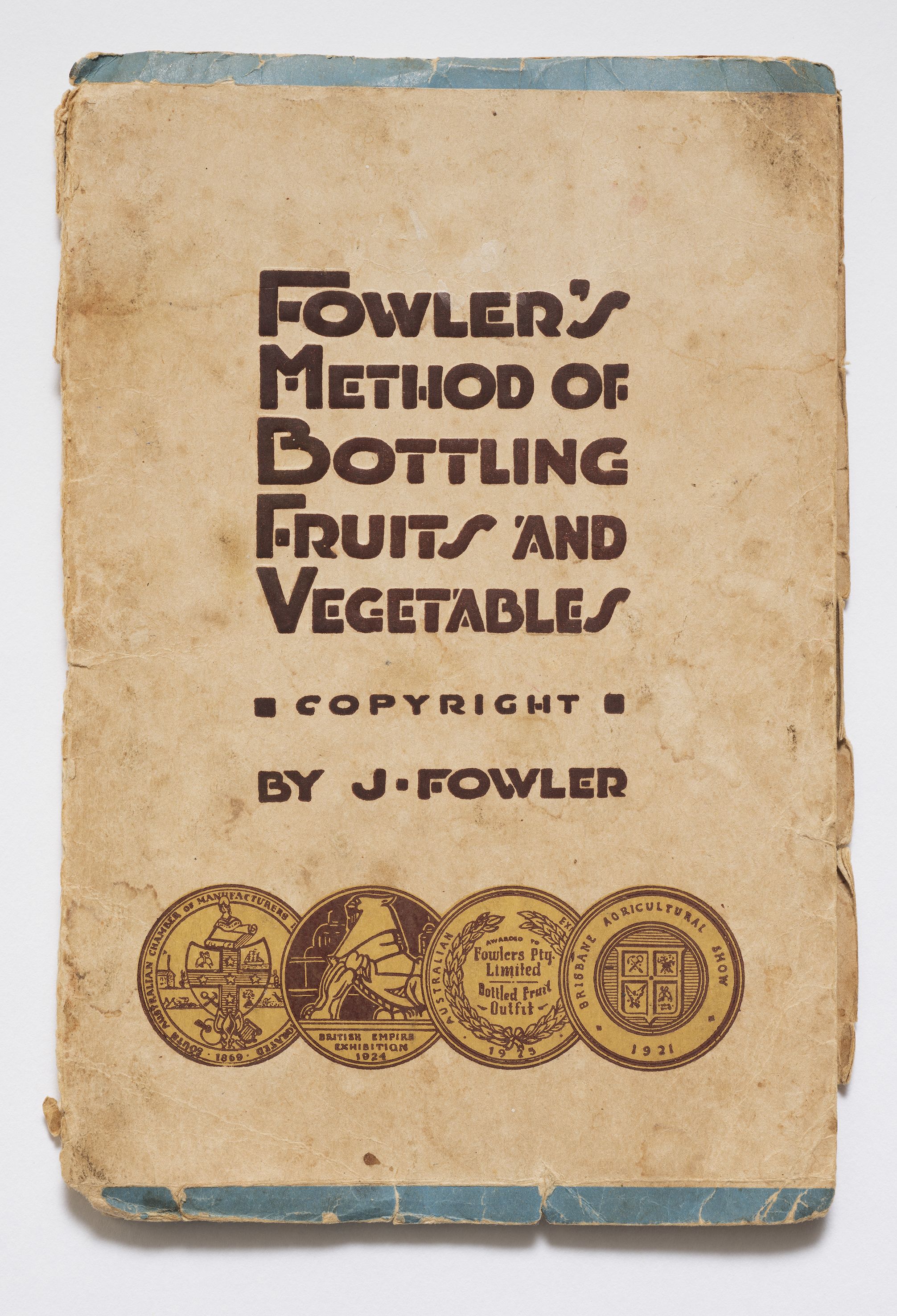
Calthorpes House Collection CH1627, ACT Historic Places
Calthorpes House Collection CH1627, ACT Historic Places
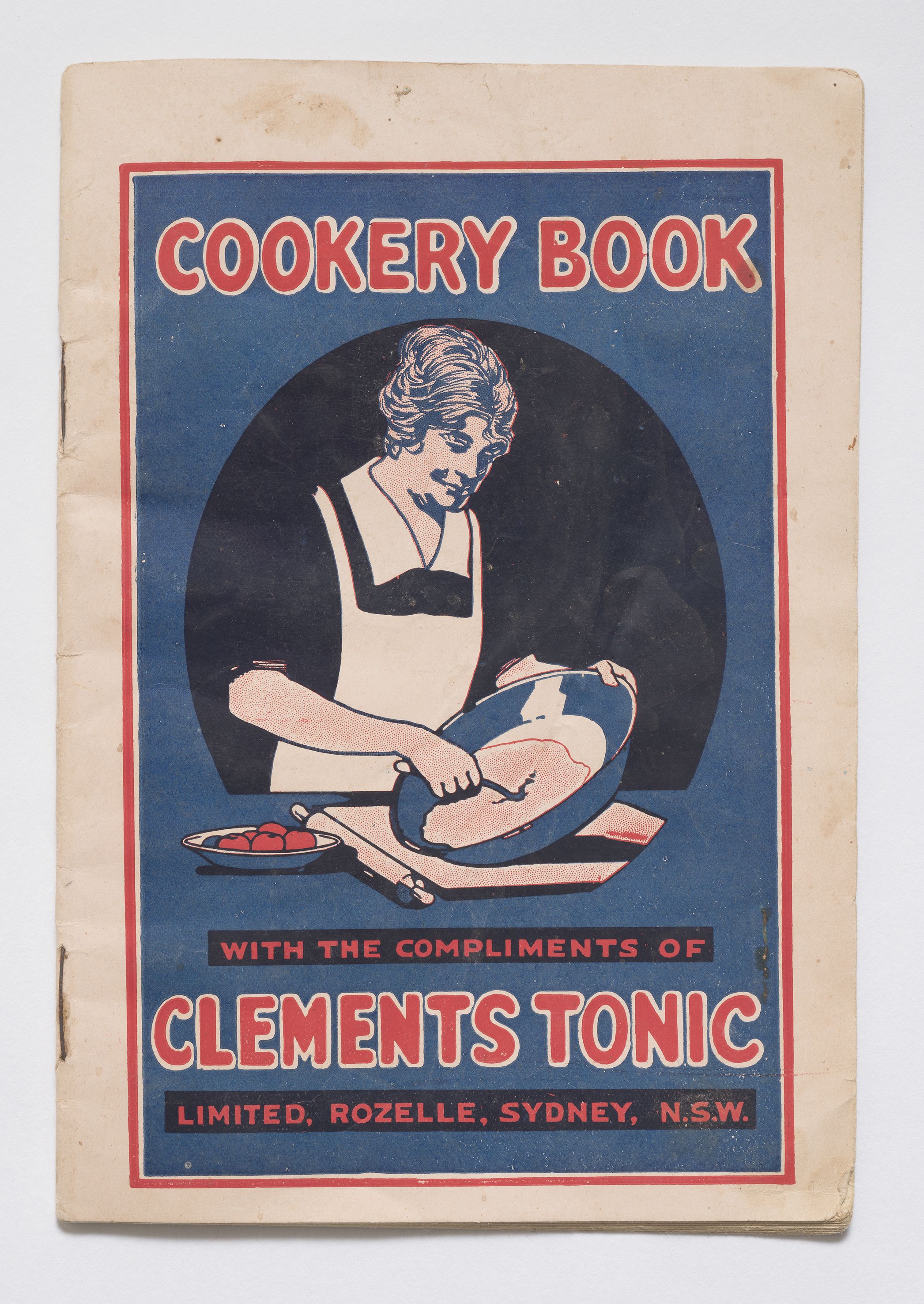
Mugga-Mugga Cottage Collection, ACT Historic Places
Mugga-Mugga Cottage Collection, ACT Historic Places

Mugga-Mugga Cottage Collection, ACT Historic Places
Mugga-Mugga Cottage Collection, ACT Historic Places
As Gary Allen writes in his history Can It! the Perils and Pleasures of Preserving Food, the Calthorpes and Curleys were hardly alone in their quest to make food supplies, abundant in one season and lean in others, last longer.
"These techniques helped the ancients to achieve what we are still trying to do today: conquer time."
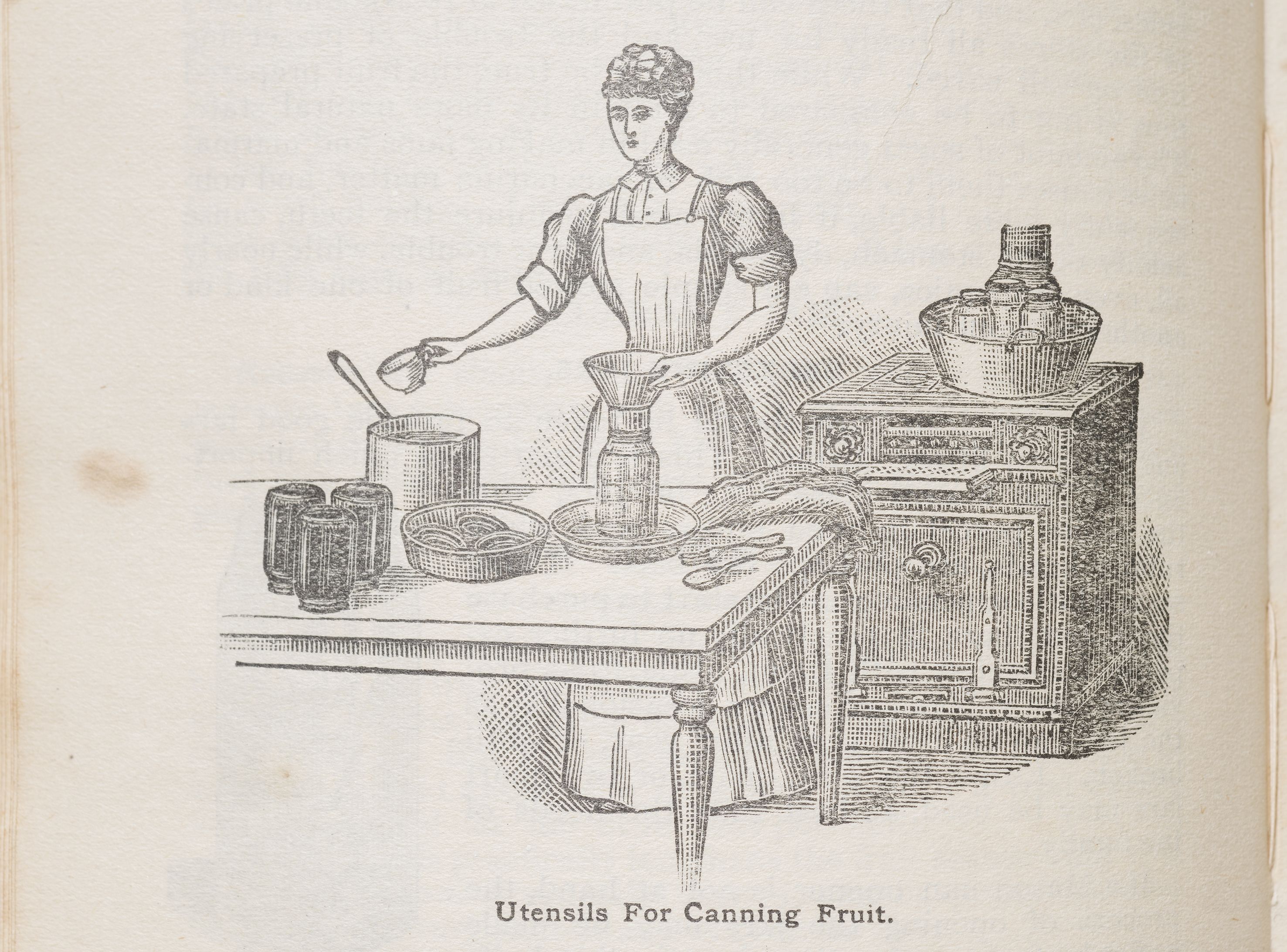
'Utensils for Canning Fruit', illustration in A Friend in the Kitchen or what to cook and how to cook it, by Mrs Anna L Colcord, 1917, Calthorpes House Collection CH3564, ACT Historic Places
'Utensils for Canning Fruit', illustration in A Friend in the Kitchen or what to cook and how to cook it, by Mrs Anna L Colcord, 1917, Calthorpes House Collection CH3564, ACT Historic Places
Our modern ideas of preserving can be traced back to a French chef called Nicolas-François Appert.
Answering a call to find a method of preserving food for Napoleon’s armies and attracted by a 12,000 franc prize, Appert would spend 14 years experimenting with heating and sealing.
He would finally succeed in developing a method that would not only destroy microbes in food but would also prevent any living organisms from getting back in.
Recipe: The Curleys' Tomato Catsup
Ingredients: One peck of ripe tomatoes, 4 large onions, 3/4 cup of salt, 3 tablespoonful of black pepper, 1 tablespoonful of cayenne pepper, 1 tablespoonful of spice, 1/2 tablespoonful of cloves
Method: Mix all. Stew for about 2 hours. Just before taking from the fire add 1 quart of vinegar and strain through a colander. Put on the fire to boil again. Bottle and seal at once.

Mugga-Mugga Cottage Collection, ACT Historic Places
Mugga-Mugga Cottage Collection, ACT Historic Places
In 1811 Appert published ‘L-art de conserver, pendant plusieurs années, toutes les substances animales et végetales’ (The Art of Preserving All Kinds of Animal and Vegetable Substances for Several Years).
And what was the art?
Loosely corked jars were placed in an autoclave similar to a pressure cooker and covered with water.
As the food was heated past boiling point it was sterilized. The steam and air were pushed past the loose corks which were then pushed down tightly to ensure nothing re-entered the bottles. The tops were bound with wire and sealed with wax.
When his design won the 12,000 franc prize Appert used his winnings to establish La Maison Appert in Paris.
It was considered the world’s first cannery.
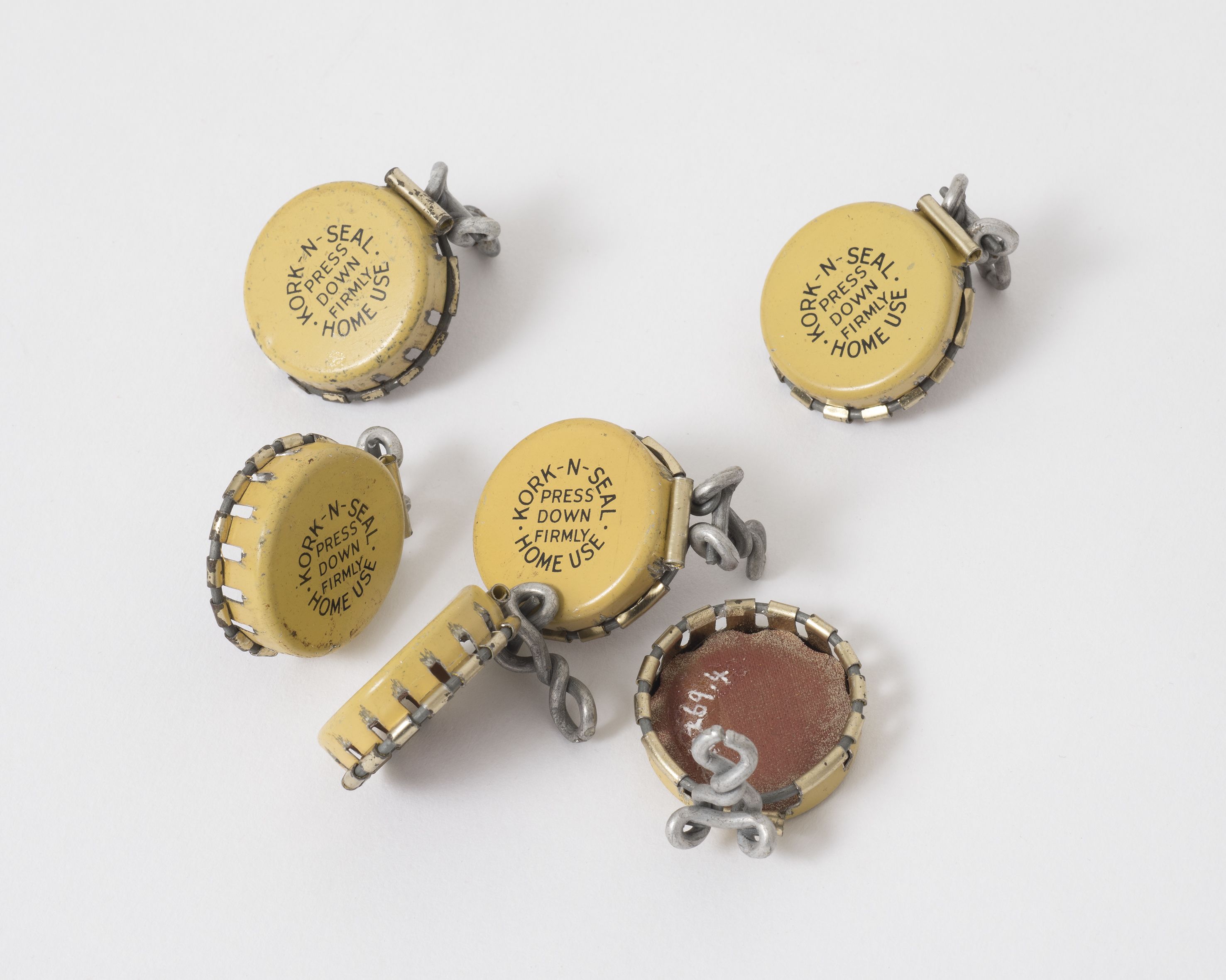
Kork-n-Seal bottling lids, Calthorpes House Collection CH2269, ACT Historic Places
Kork-n-Seal bottling lids, Calthorpes House Collection CH2269, ACT Historic Places

In Australia it would be Fowlers Vacola that would soon become synonymous with preserving food with its patented system of home bottling kits entering the domestic market in the early 20th Century.
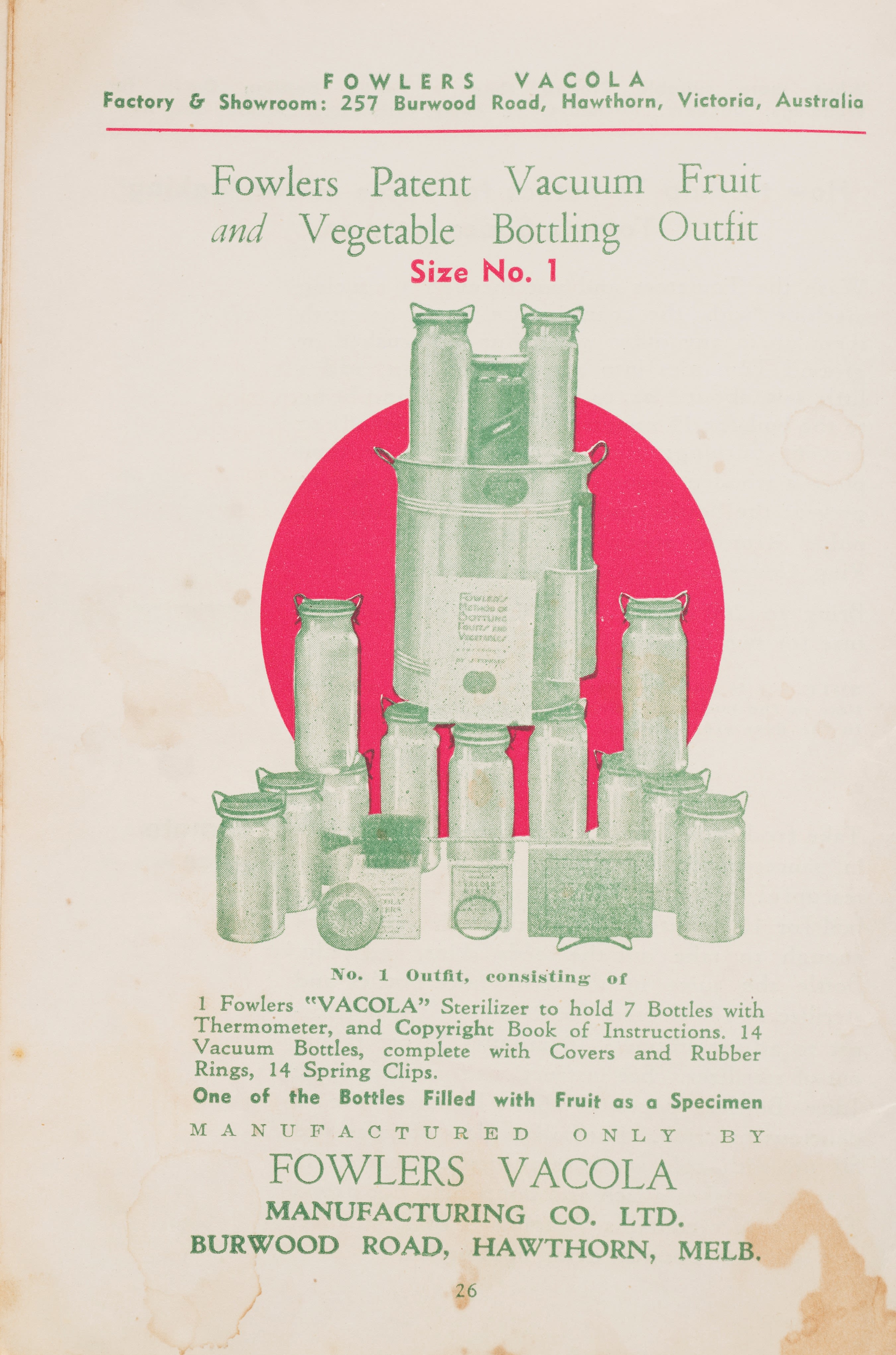
Illustration in Fowlers Method of Bottling Fruits and Vegetables by J Fowler, Copyright Fowlers Vacola, Calthorpes House Collection CH1627, ACT Historic Places
Illustration in Fowlers Method of Bottling Fruits and Vegetables by J Fowler, Copyright Fowlers Vacola, Calthorpes House Collection CH1627, ACT Historic Places
Joseph Fowler had worked in his uncle George's preserving business in England. That business started when George left the army in 1873 and discovered a market for preserving the game birds of the English gentry. He soon diversified into fruit and vegetables.
When Joseph emigrated to Melbourne with his wife Elizabeth and baby daughter in 1912, he used his business acumen to establish a similar company in Australia.
Buoyed by the variety and quality of fruit available, he travelled as a door to door salesmen selling his kits, which included a sterilizer, bottles, lids, rings and a thermometer, from the back of a cart.
The aim was to raise enough capital to establish a factory. By 1920 he had bought a shop in Hawthorn, Melbourne and in 1934 he registered Fowlers Vacola as a company.
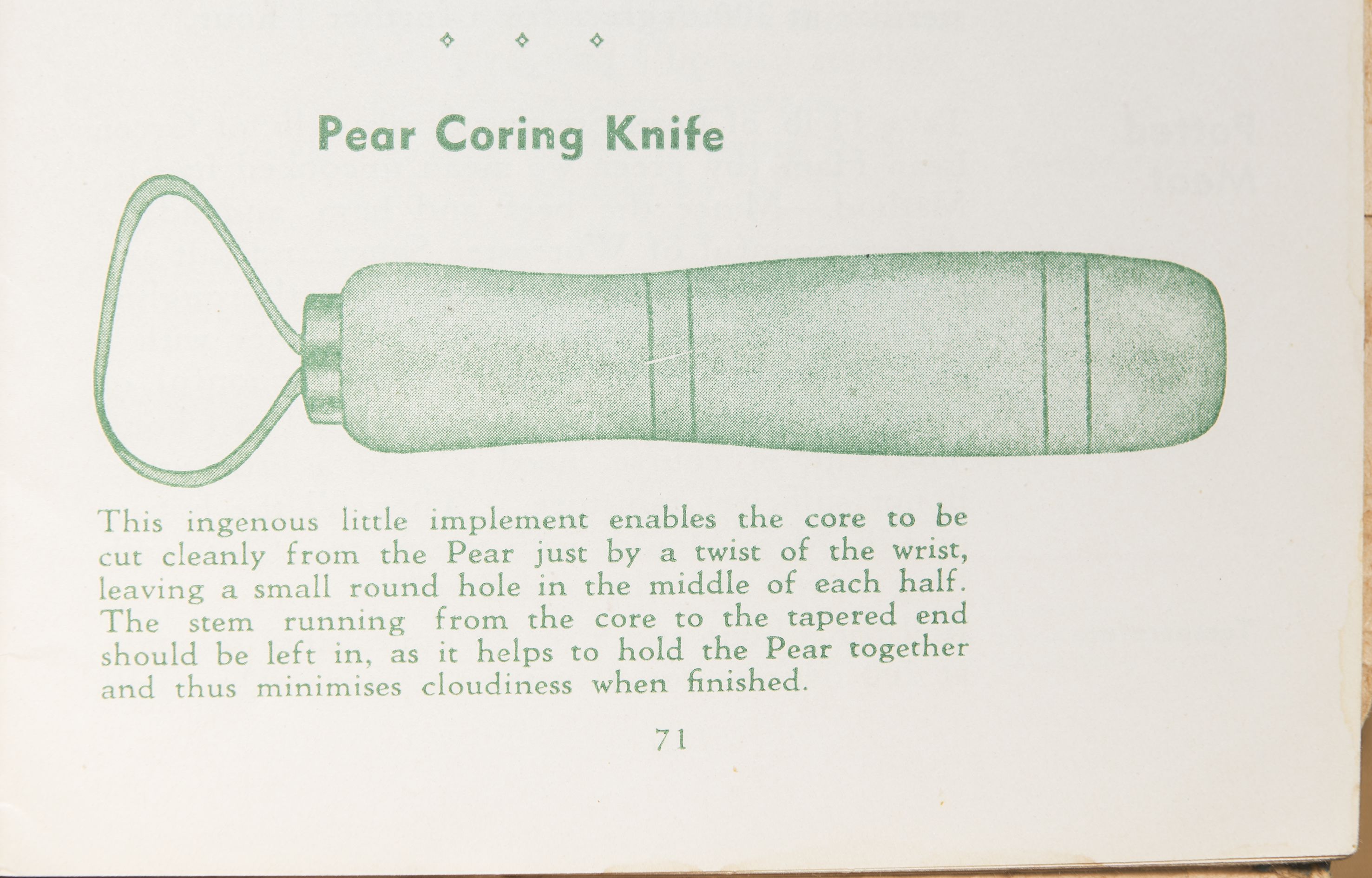
Pear Coring Knife, illustration in Fowlers Method of Bottling Fruits and Vegetables by J Fowler, Copyright Fowlers Vacola, Calthorpes House Collection CH1627, ACT Historic Places
Pear Coring Knife, illustration in Fowlers Method of Bottling Fruits and Vegetables by J Fowler, Copyright Fowlers Vacola, Calthorpes House Collection CH1627, ACT Historic Places
As the Depression began to bite, Fowlers Vacola became a household name in many parts of Australia. The company promoted its products to housewives - and husbands to give to their wives - as an economical way to stretch the household budget even further.
The company sponsored prizes at agricultural shows and demonstrated the Fowlers method at co-op stores to show how home bottling could contribute to sensible budget management in lean times.
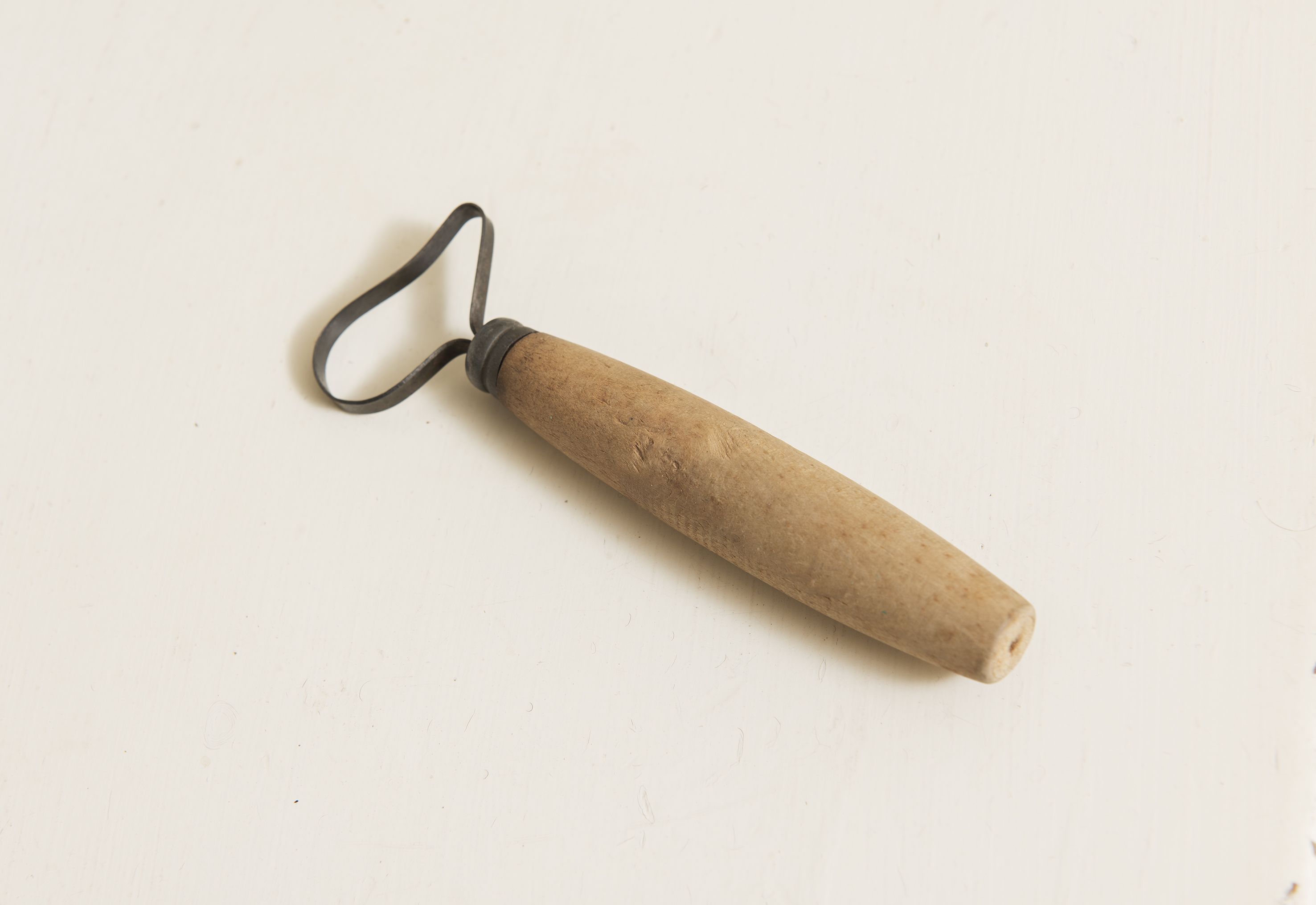
Pear coring knife, Calthorpes House Collection CH3513, ACT Historic Places
Pear coring knife, Calthorpes House Collection CH3513, ACT Historic Places
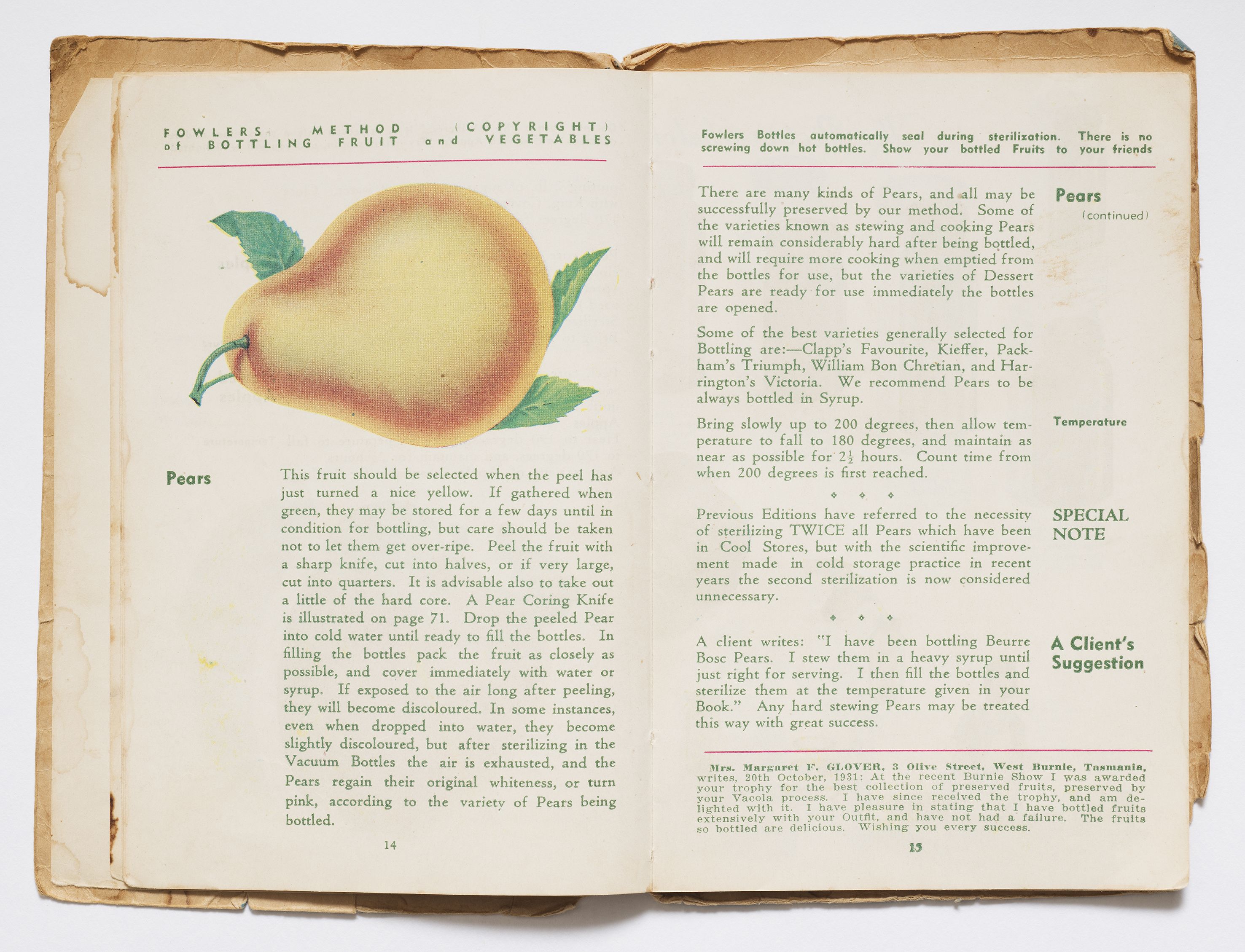
A cartoon figure called Mrs B Thrifty, who hovered in numerous print advertisements as an almost fairy like figure, was created in the 1930s with a story of her own.
Newspaper narratives followed the travails of Mr and Mrs B Thrifty who discovered that after their marriage their grocery bills had skyrocketed. Mr B Thrifty found a solution - he bought his wife a Fowlers preserving kit.

'Mrs B. Thrifty says - from orchard to bottle the Vacola way', Fowlers Vacola bottling outfits, 1936, courtesy State Library Victoria
'Mrs B. Thrifty says - from orchard to bottle the Vacola way', Fowlers Vacola bottling outfits, 1936, courtesy State Library Victoria
Subsequent mentions in newspapers of the day declared that “Mrs B Thrifty has hosts of admirers, her pantry shelves are filled with gleaming bottles of preserved fruits” and advertisements urged women to practise "the new domestic economy".
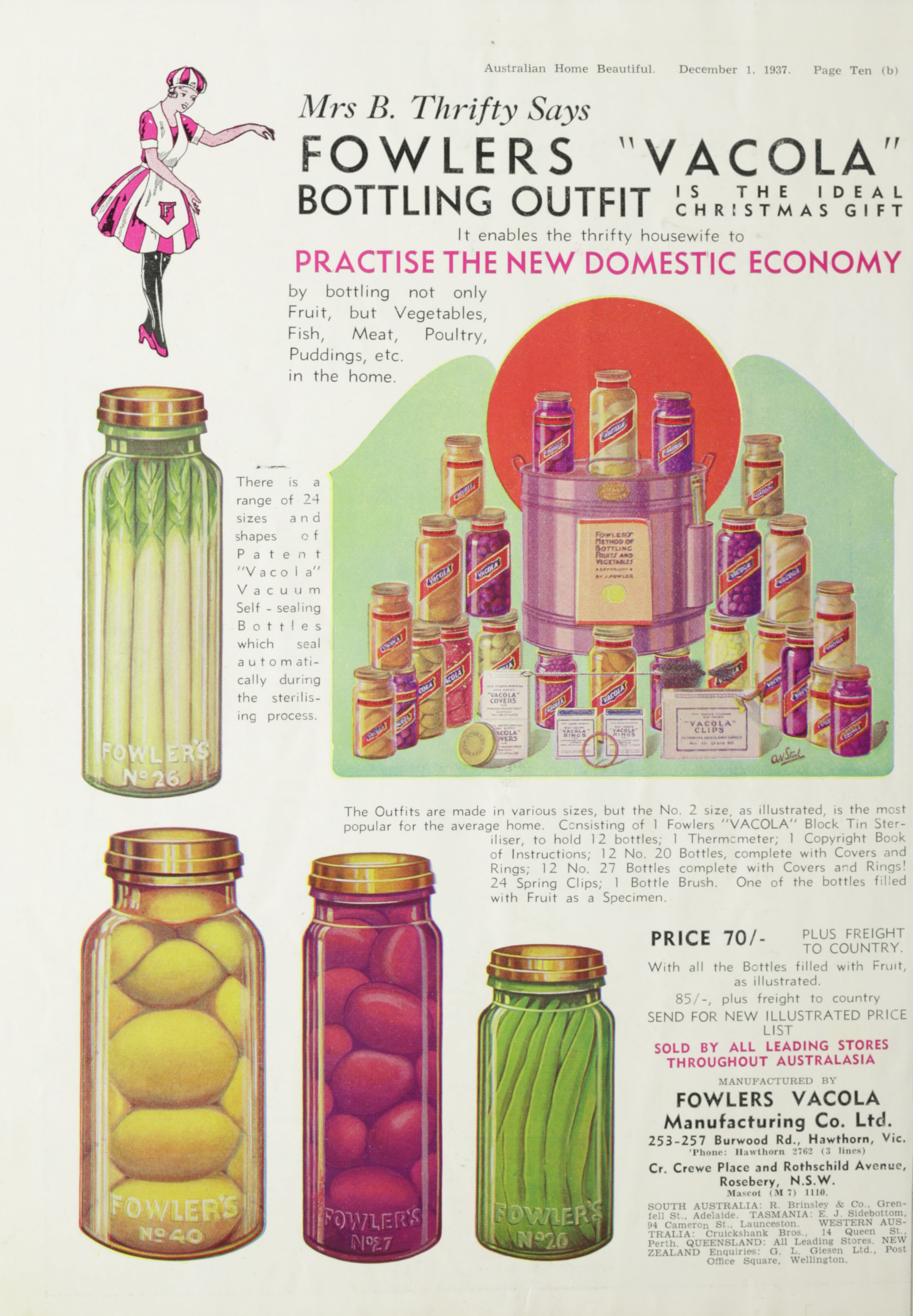
'Mrs B. Thrifty says Fowlers Vacola Bottling Outfit is the perfect Christmas gift', advertisement in The Australian Home Beautiful, December 1937, courtesy National Library of Australia nla.obj-2969979904
'Mrs B. Thrifty says Fowlers Vacola Bottling Outfit is the perfect Christmas gift', advertisement in The Australian Home Beautiful, December 1937, courtesy National Library of Australia nla.obj-2969979904
During World War II, demand for canned goods increased and Fowlers stepped up production for the Allied war effort in the Pacific, increasing its own bottled foods as well as manufacturing portable camp stoves for the Australian army.
Bottling of all kinds of vegetables, meat, fish and poultry was encouraged to assist on the home front.
As war rationing hit sugar supplies, Fowlers reassured customers that "sugar is not essential" and plain water would do. Dawn Waterhouse remembers during war time her own mother sprinkling only a small amount on the preserved fruit itself after the bottles were opened.
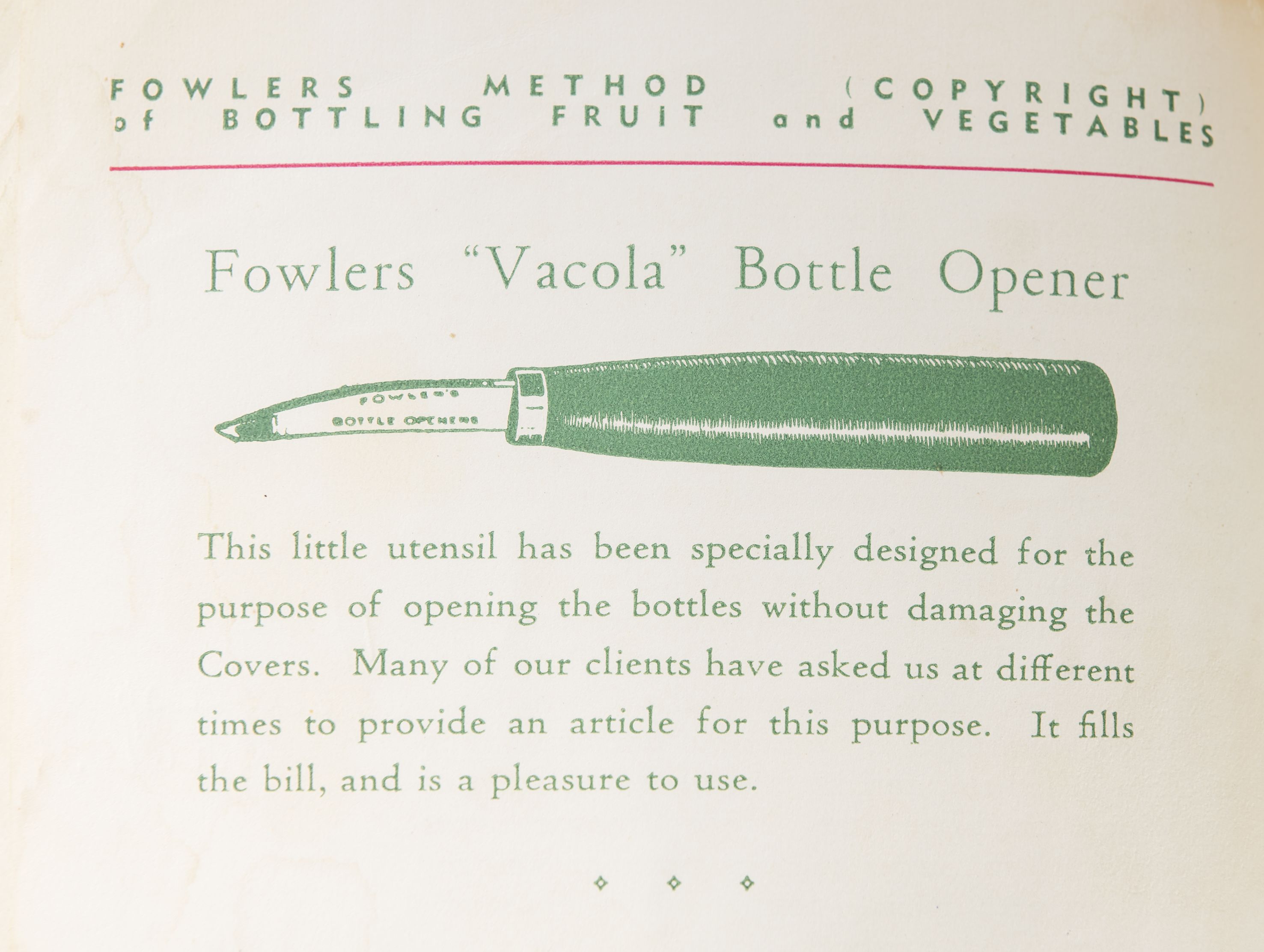
'Fowlers Vacola bottle opener', illustration in Fowlers Method of Bottling Fruits and Vegetables by J Fowler, Calthorpes House Collection CH1627, ACT Historic Places
'Fowlers Vacola bottle opener', illustration in Fowlers Method of Bottling Fruits and Vegetables by J Fowler, Calthorpes House Collection CH1627, ACT Historic Places

For Mrs Calthorpe, her Fowlers Vacola set would become a mainstay of her kitchen.
Where she previously relied on an old boiler, the arrival of the new kit was a source of great pride.
'It was special,' Dawn recalls. 'When we got it, it caused quite a lot of conversation in the house...
'"Mrs so and so had one", and "Mrs so and so had recommended it"...
'It was very, very, very special and she was very, very pleased with it.'
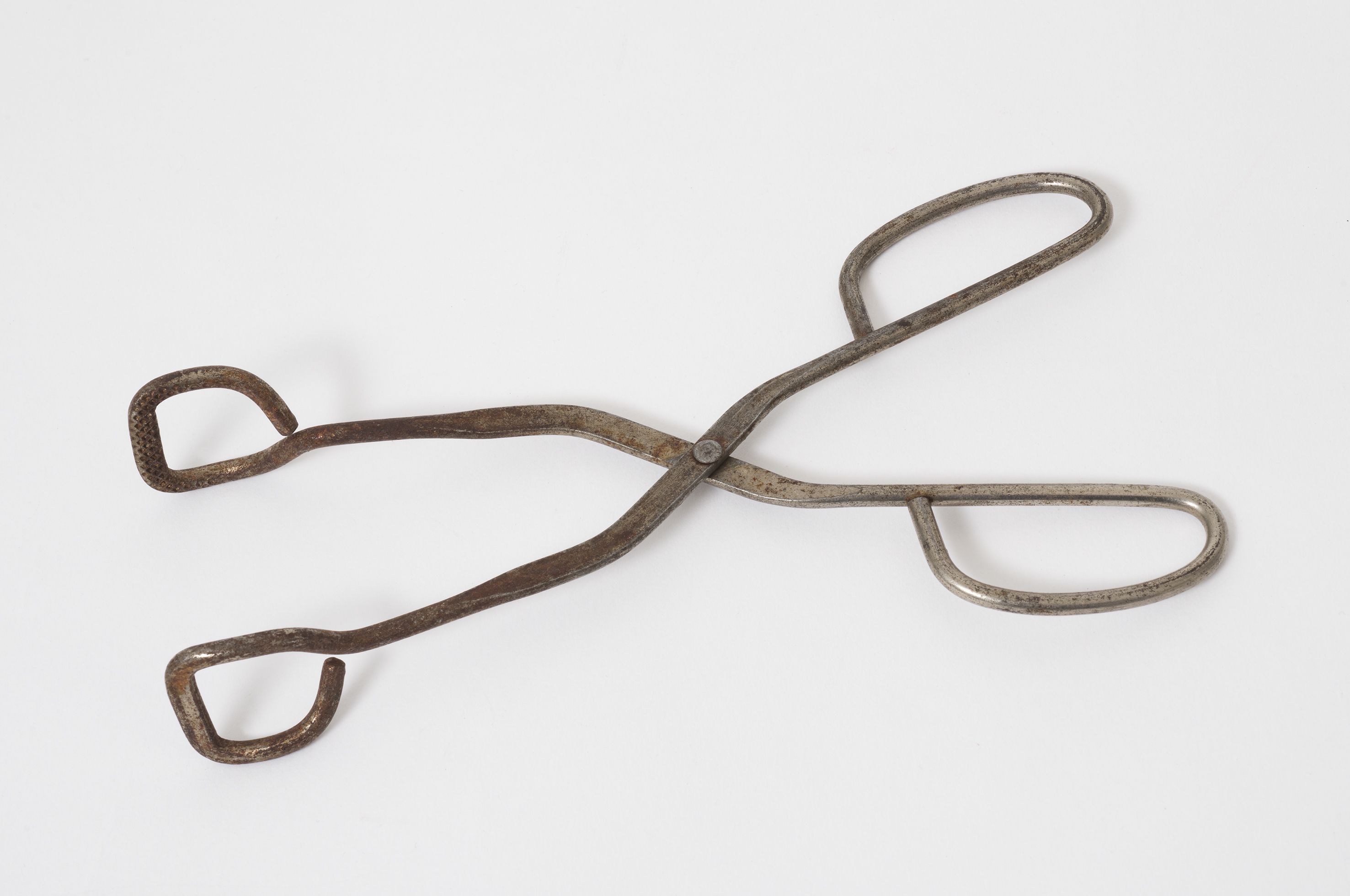
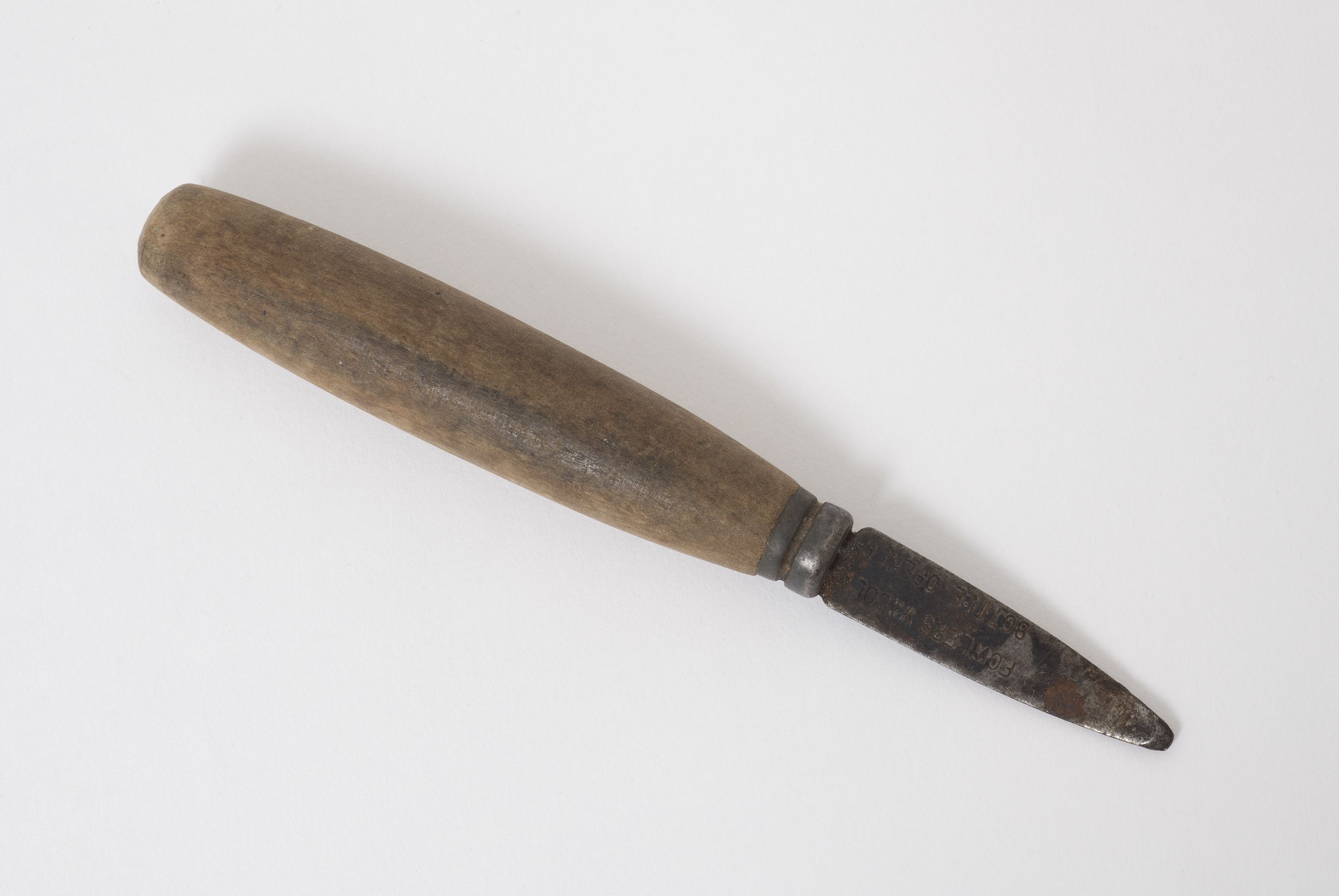
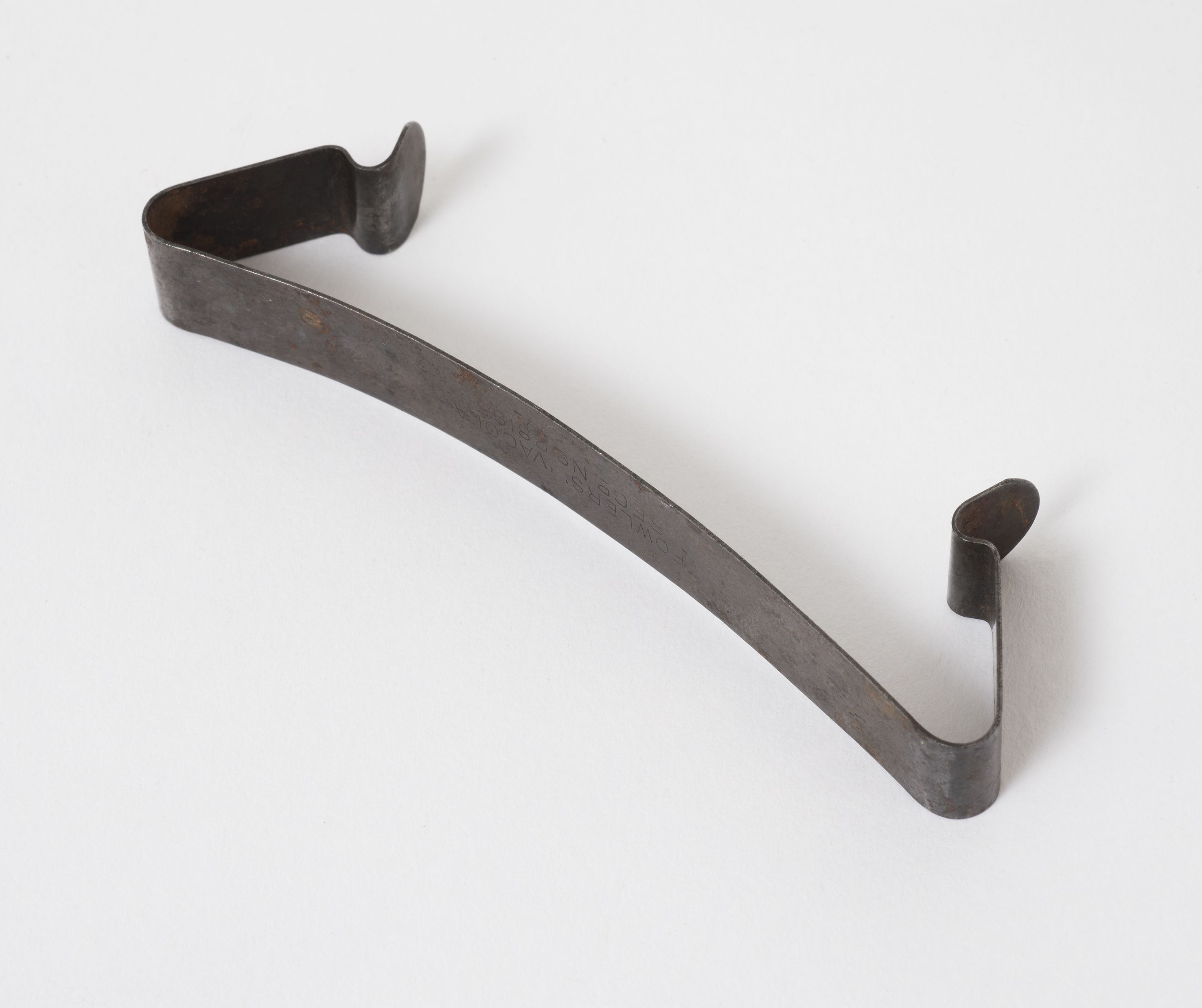

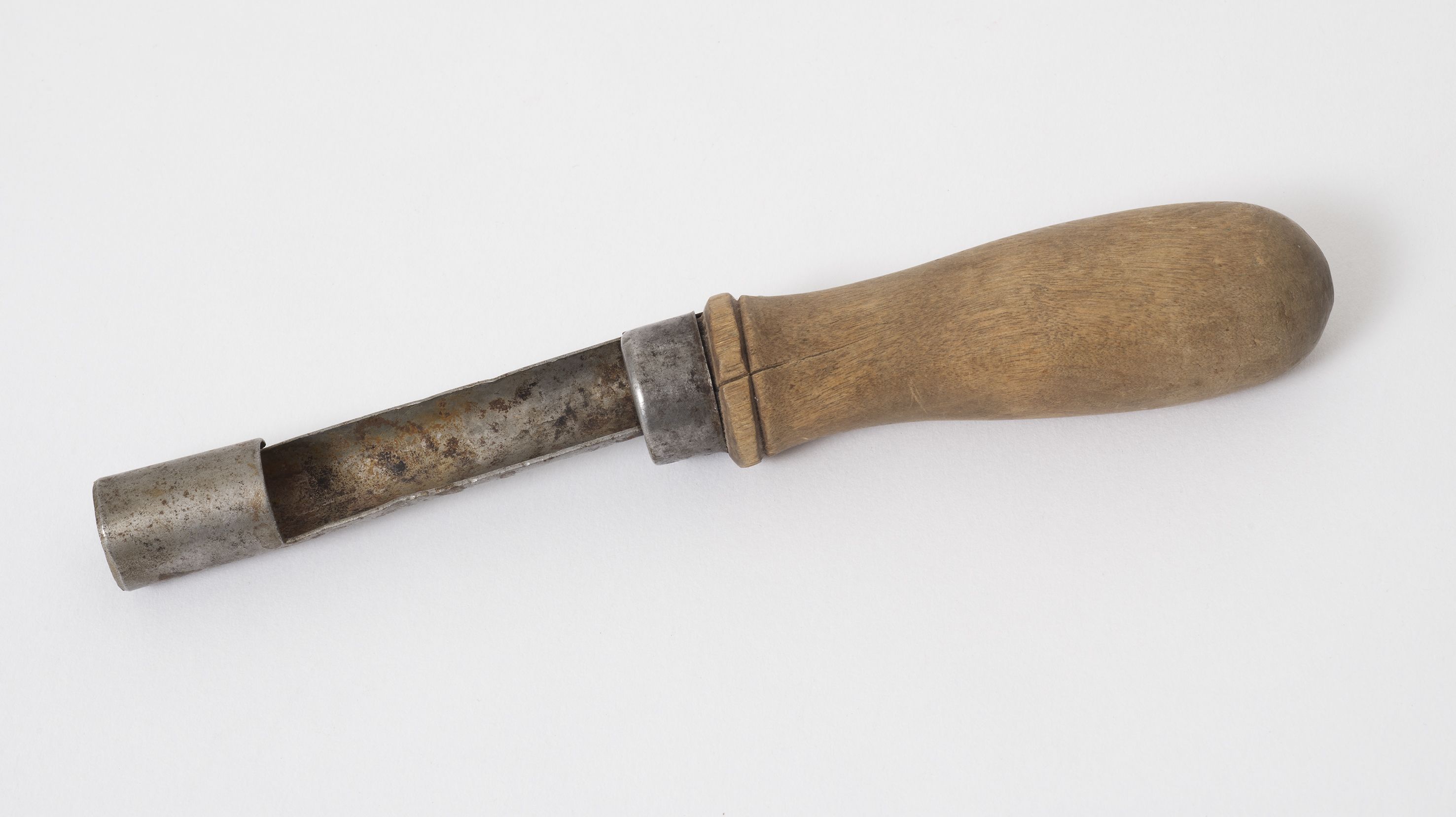

Tongs (likely used to remove jars from water), Calthorpes House Collection CH3511, ACT Historic Places
Tongs (likely used to remove jars from water), Calthorpes House Collection CH3511, ACT Historic Places

A Fowlers bottle opener to break the seal on preserving jars, Calthorpes House Collection CH3545, ACT Historic Places
A Fowlers bottle opener to break the seal on preserving jars, Calthorpes House Collection CH3545, ACT Historic Places

Fowlers preserving jar clip, Calthorpes House Collection CH2282, ACT Historic Places
Fowlers preserving jar clip, Calthorpes House Collection CH2282, ACT Historic Places

Fowlers Vacola jars, including preserved fruit, Calthorpes House Collection CH1930 and CH77, ACT Historic Places
Fowlers Vacola jars, including preserved fruit, Calthorpes House Collection CH1930 and CH77, ACT Historic Places

Fruit corer, Calthorpes House Collection CH3527, ACT Historic Places
Fruit corer, Calthorpes House Collection CH3527, ACT Historic Places
If the Calthorpes were busy bottling at Red Hill, so too were the Curley women at Mugga Mugga, who adhered closely to the adage of 'making do' at their simple cottage which had once been part of the sprawling Duntroon estate.
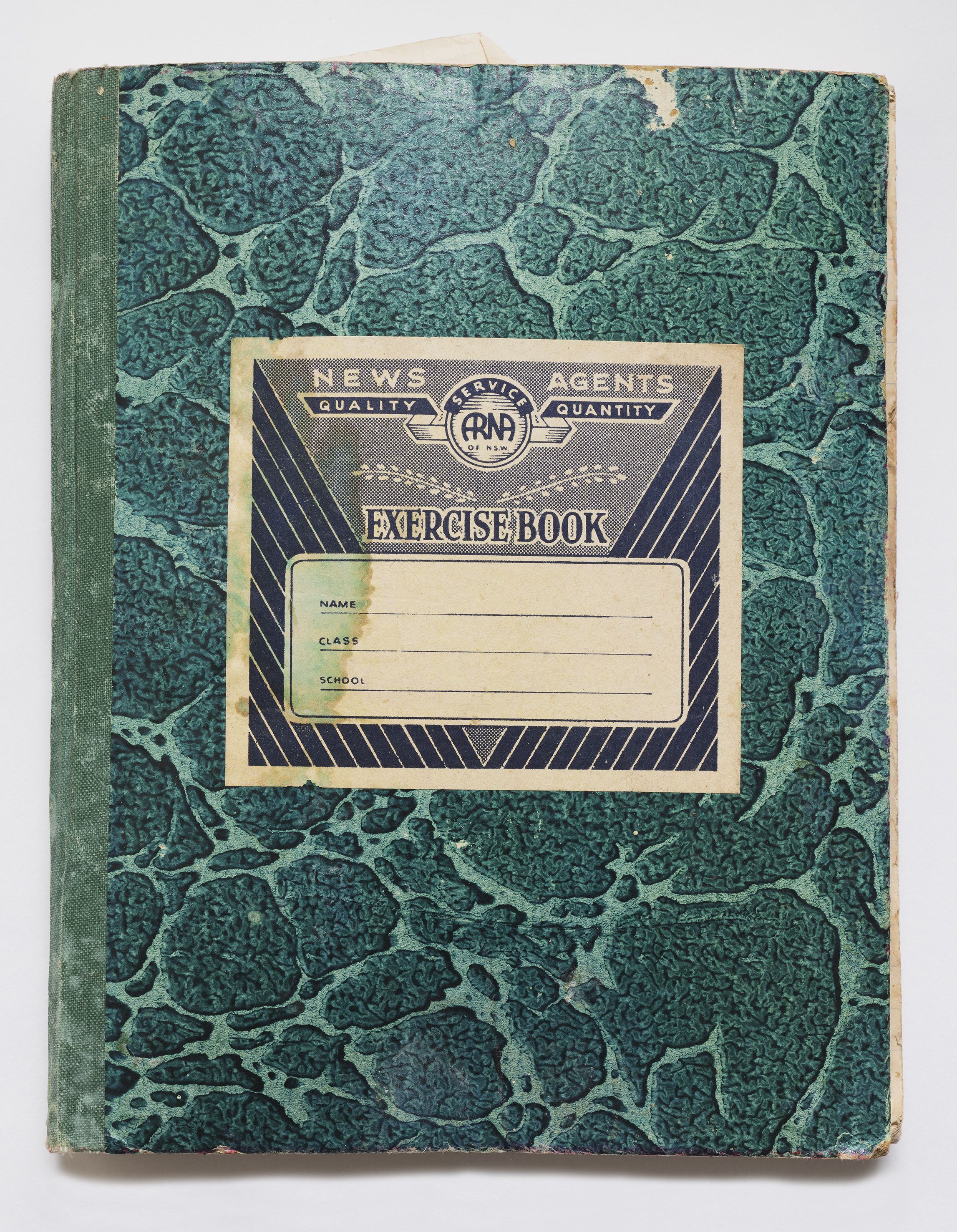
Exercise book containing hand written recipes and newspaper clippings, Mugga-Mugga Cottage Collection, ACT Historic Places
Exercise book containing hand written recipes and newspaper clippings, Mugga-Mugga Cottage Collection, ACT Historic Places
Among the items stored when Mugga Mugga was conserved to be opened as a house museum was a marbled green exercise book. Contained within its covers are newspaper clippings and hand-written recipes - a treasure trove of culinary delights.

Newspaper clippings and recipes, Mugga-Mugga Cottage Collection, ACT Historic Places
Newspaper clippings and recipes, Mugga-Mugga Cottage Collection, ACT Historic Places
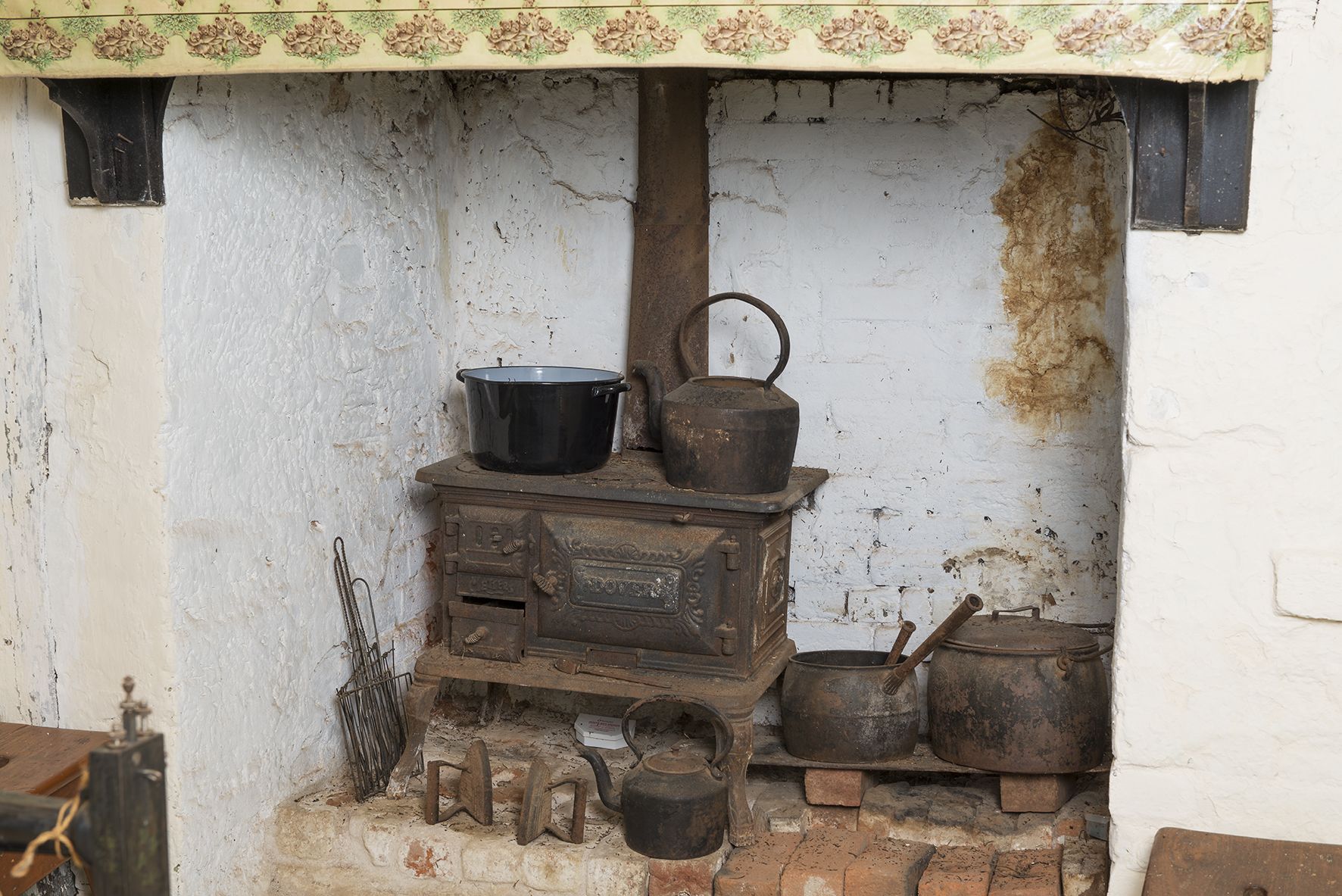
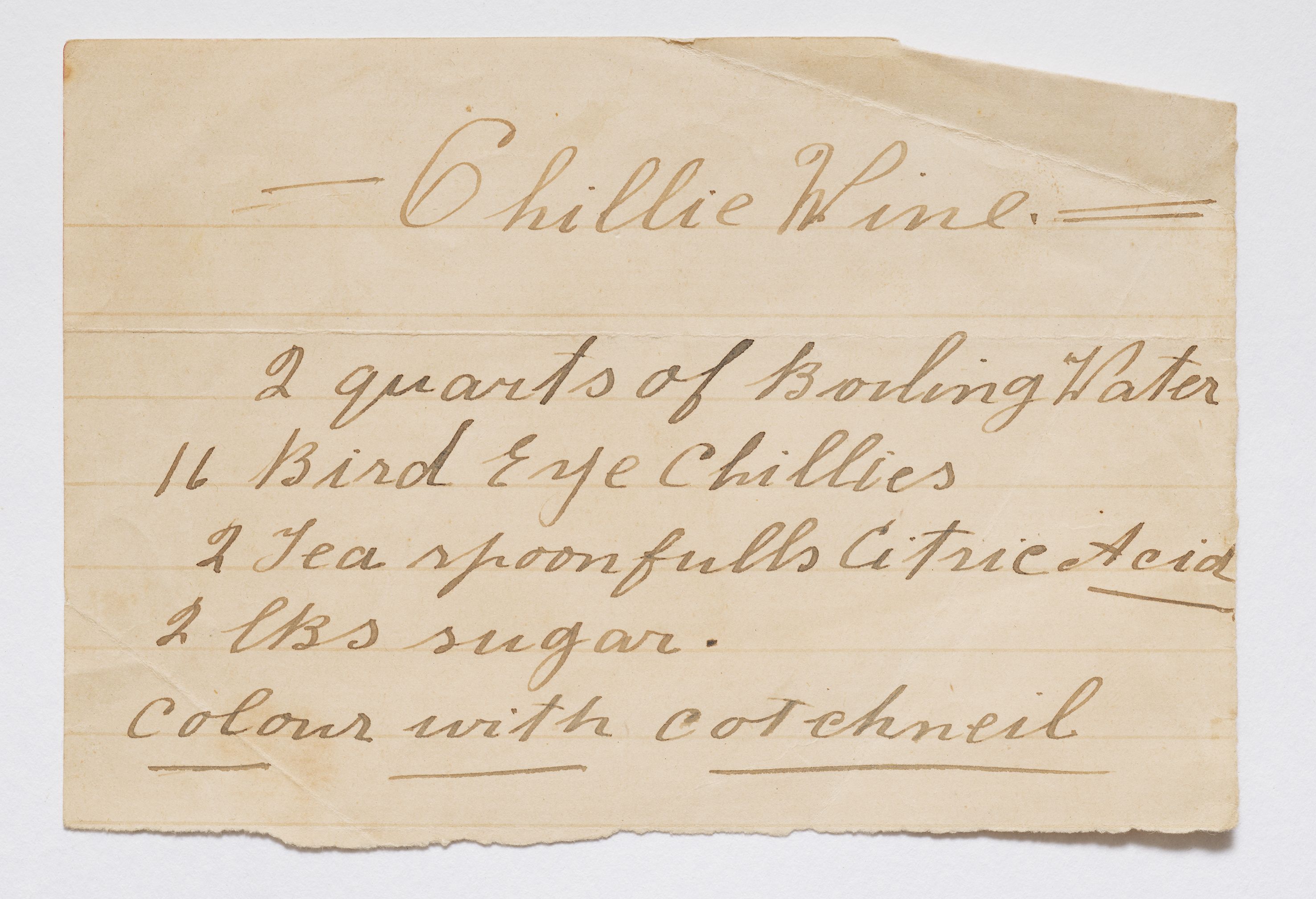

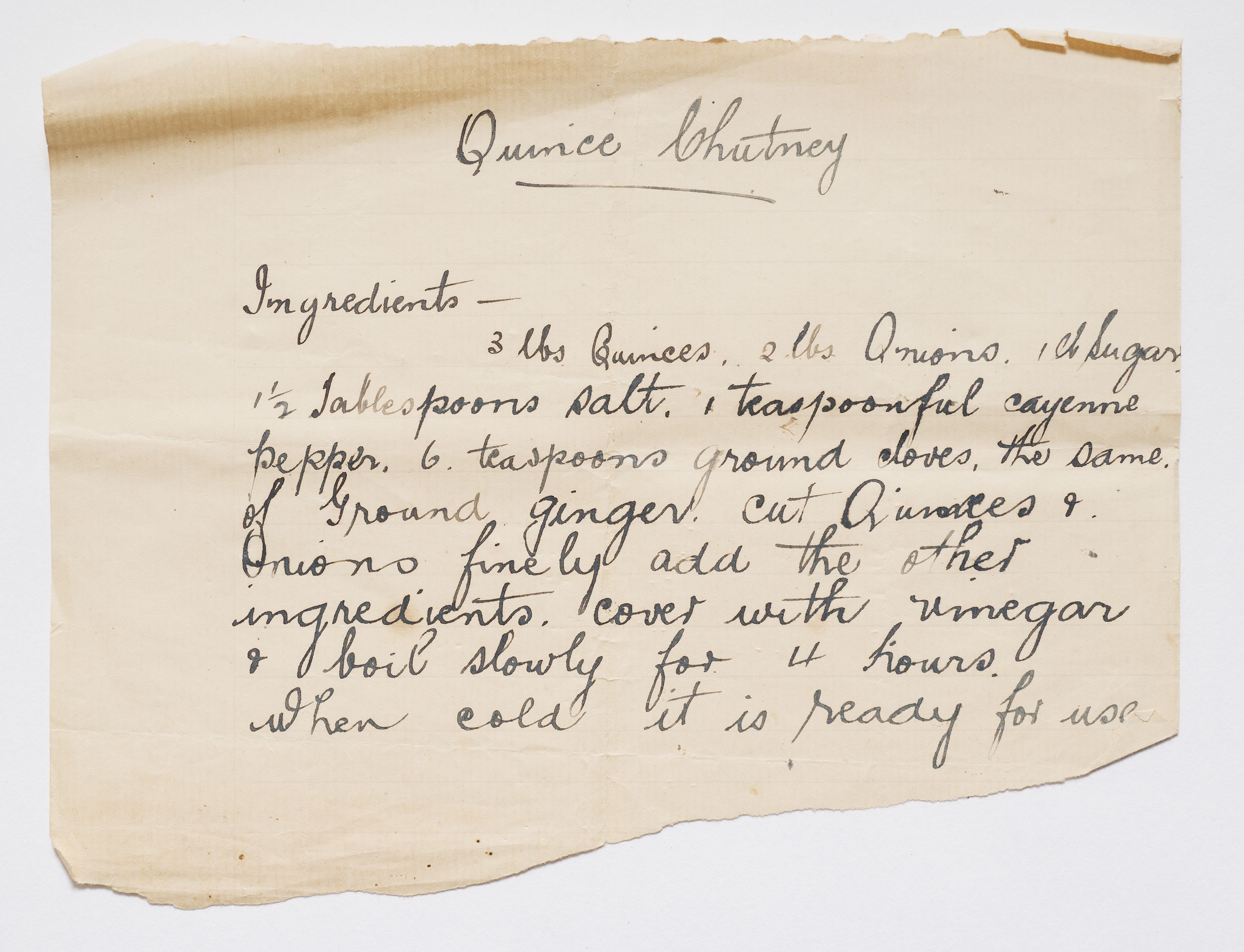

Hand written recipe for Chillie Wine, Mugga-Mugga Cottage Collection, ACT Historic Places
Hand written recipe for Chillie Wine, Mugga-Mugga Cottage Collection, ACT Historic Places

Newspaper clippings of recipes and kitchen tips, Mugga-Mugga Cottage Collection, ACT Historic Places
Newspaper clippings of recipes and kitchen tips, Mugga-Mugga Cottage Collection, ACT Historic Places

Hand written recipe for Quince Chutney, Mugga-Mugga Cottage Collection, ACT Historic Places
Hand written recipe for Quince Chutney, Mugga-Mugga Cottage Collection, ACT Historic Places
The collection of recipes tells of an era of simple living and austerity in the early part of last century.
Among the hand written recipes for quince chutney, tomato pickles, "chillie" wine and tomato katsup is one for mock fig jam that uses green tomatoes and some drops of raspberry essence to create some secret alchemy:
"When quite new the jam resembles raspberry in flavour but after a few days the flavour changes to fig. It is an excellent change from the ordinary tomato jam."
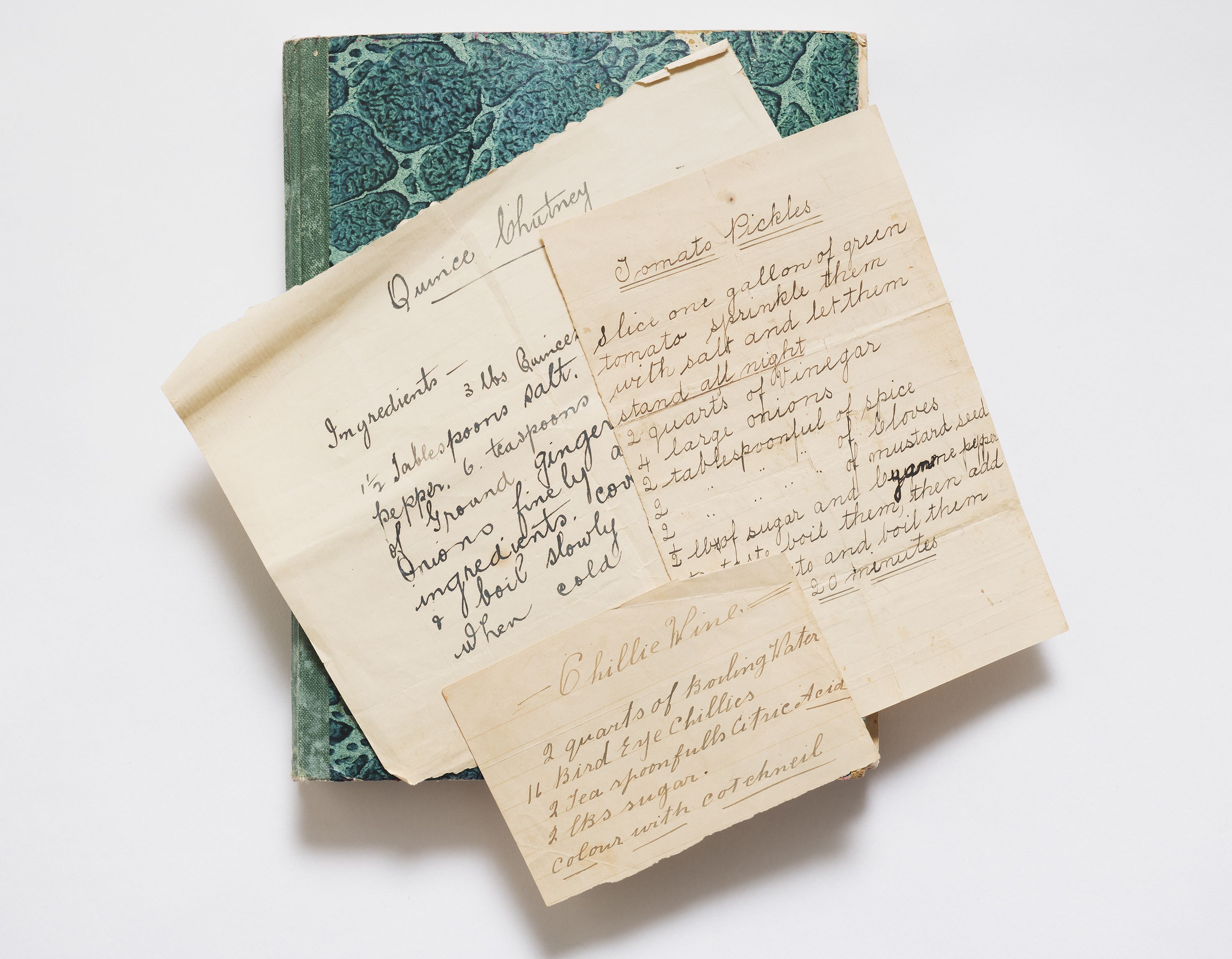
There is a recipe for “an economical short pastry” and another card, likely from the packaging of Davis gelatine, says that when eggs are scarce one dessert spoon of gelatine in a little hot water and beaten into a froth can be an easy substitute for the whites of two eggs.
A snippet for jam recipes recommends melon and quince jam, or an alternative - quinces and chokos.
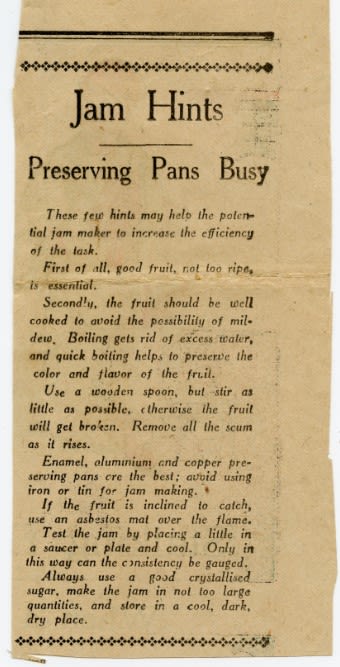
'Jam Hints- preserving pans busy', undated newspaper clipping from Mugga-Mugga Cottage Collection, ACT Historic Places
'Jam Hints- preserving pans busy', undated newspaper clipping from Mugga-Mugga Cottage Collection, ACT Historic Places
Under the headline “Jam Hints”, the reader is encouraged to always use good fruit, but not too ripe. The fruit should always be well cooked to avoid the possibility of mildew and, alarmingly given what we know of the material today, the writer advises “if the fruit is inclined to catch, use an asbestos mat over the flame”.
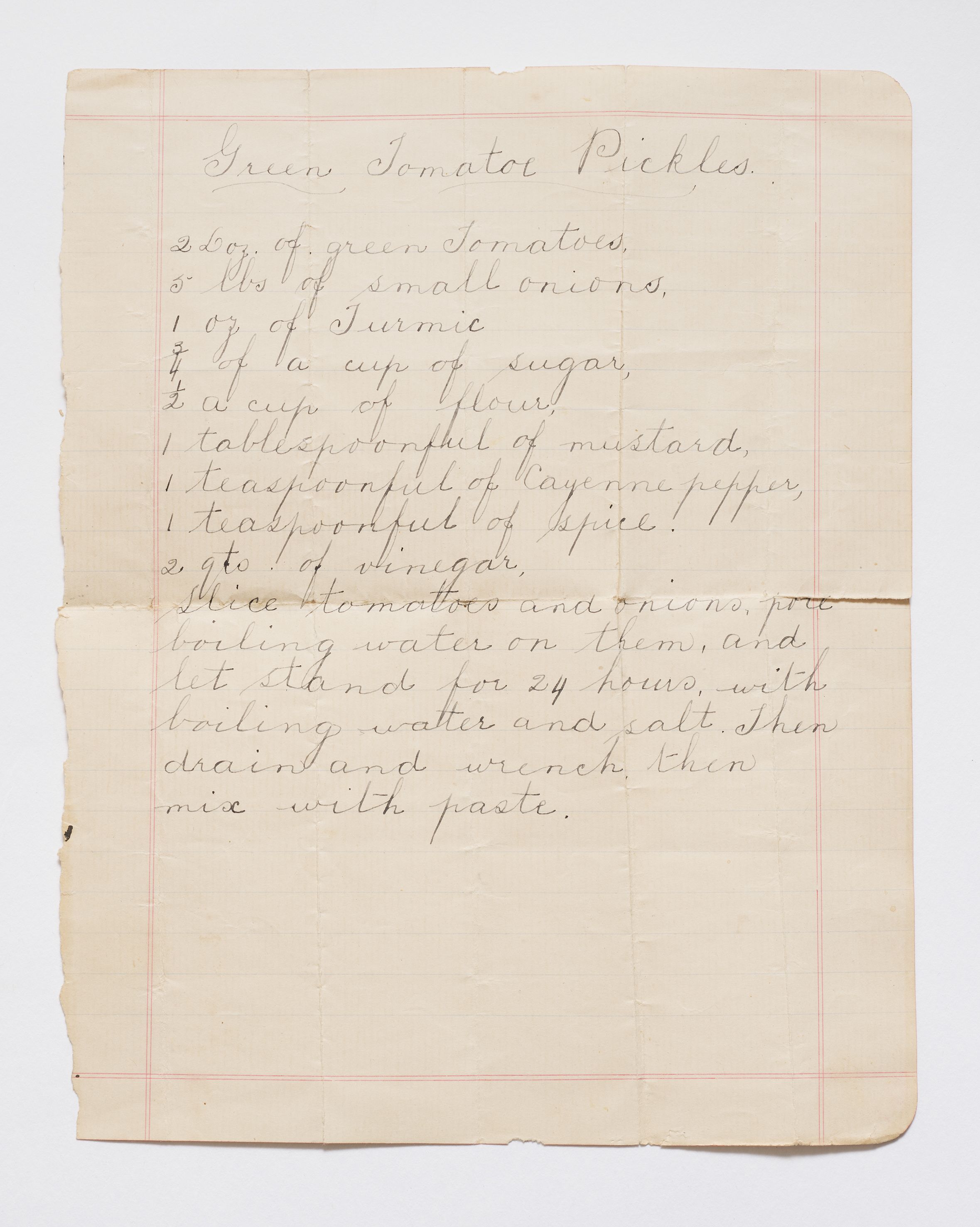
Mugga-Mugga Cottage Collection, ACT Historic Places
Mugga-Mugga Cottage Collection, ACT Historic Places

Mugga-Mugga Cottage Collection, ACT Historic Places
Mugga-Mugga Cottage Collection, ACT Historic Places

Mugga-Mugga Cottage Collection, ACT Historic Places
Mugga-Mugga Cottage Collection, ACT Historic Places
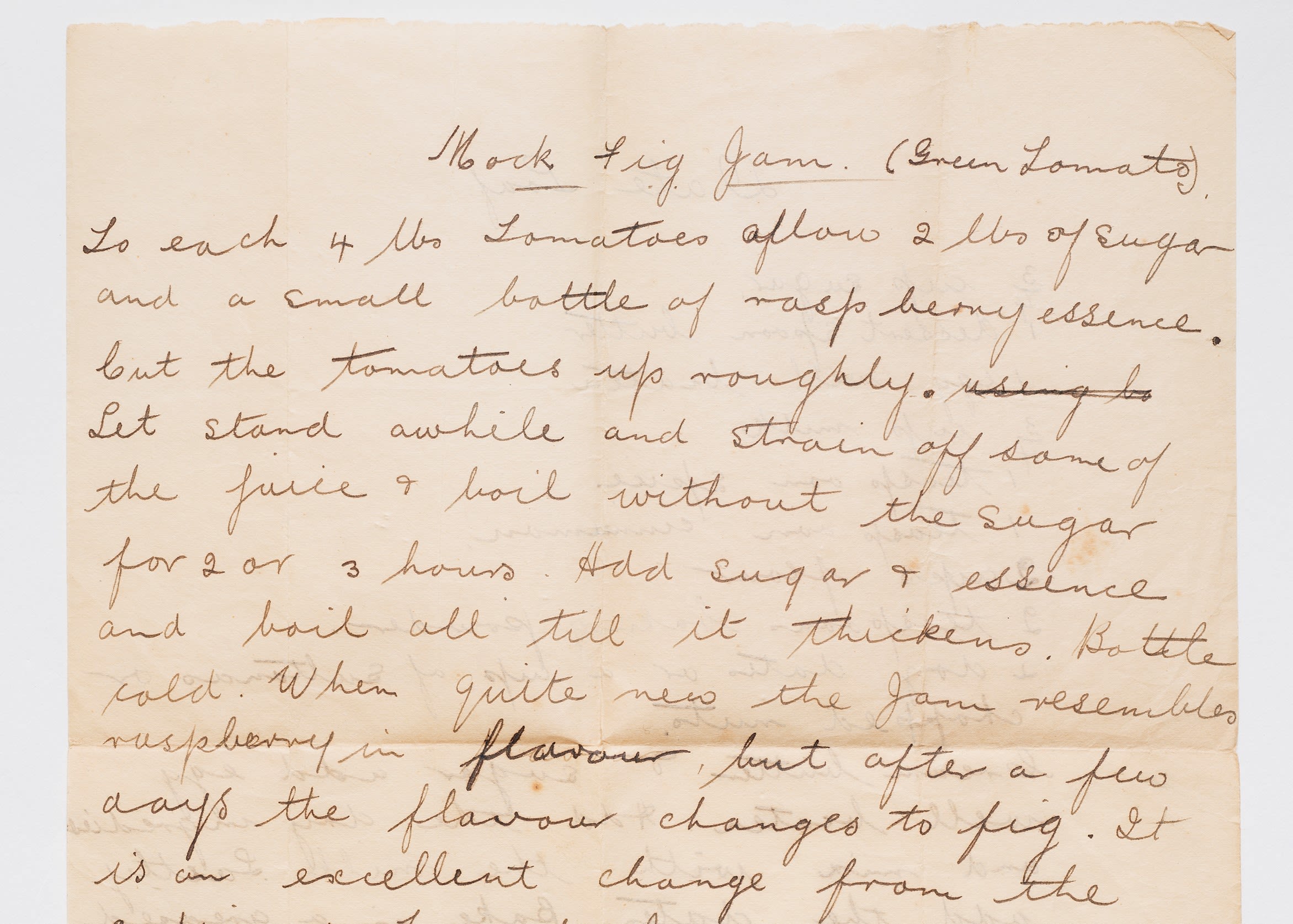
Recipe: the Curleys' Mock Fig Jam
To each 4 lbs of tomatoes allow 2 lbs of sugar and a small bottle of raspberry essence. Cut the tomatoes up roughly. Let stand awhile and strain off some of the juice and boil without the sugar for 2 or 3 hours. Add sugar and essence and boil all till it thickens. Bottle cold. When quite new the jam resembles raspberry in flavour but after a few days the flavour changes to fig. It is an excellent change from the ordinary tomato jam.

Recipe: the Curleys' Quince Chutney
Ingredients- 3 lbs Quinces, 2 lbs Onions, 1 sugar, 1 and 1/2 tablespoons salt, 1 teaspoonful cayenne pepper, 6 teaspoons ground cloves, the same of ground ginger.
Cut Quinces and Onions finely, add the other ingredients. Cover with vinegar and boil slowly for 4 hours. When cold it is ready for use.
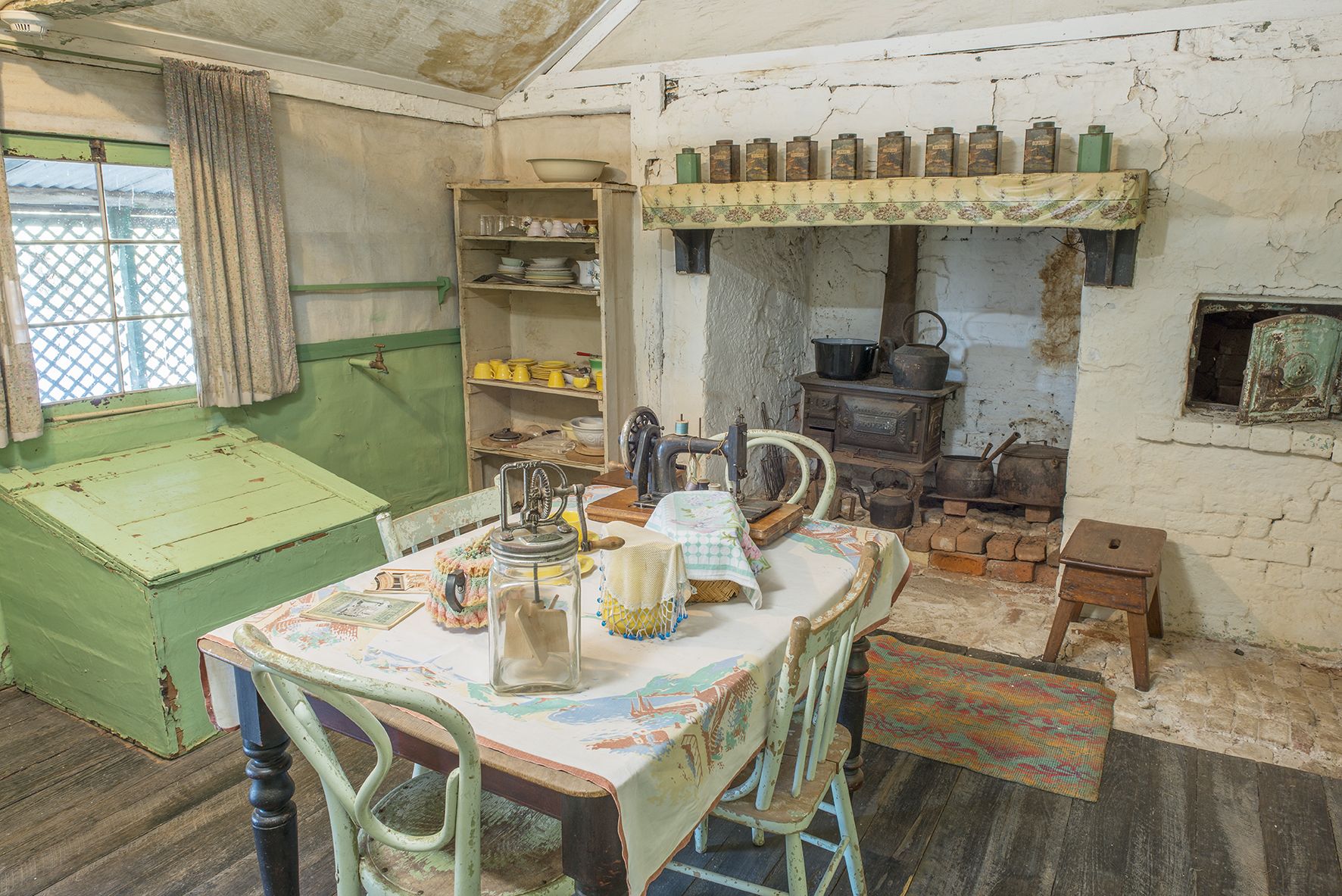
Perhaps the one object at Mugga-Mugga Cottage that tells us the most about how much preserving and bottling was done, is a well worn recipe book for Metters' Stoves which were manufactured from the 1890s and used in homes such as Mugga Mugga and Calthorpes well into the 20th Century.
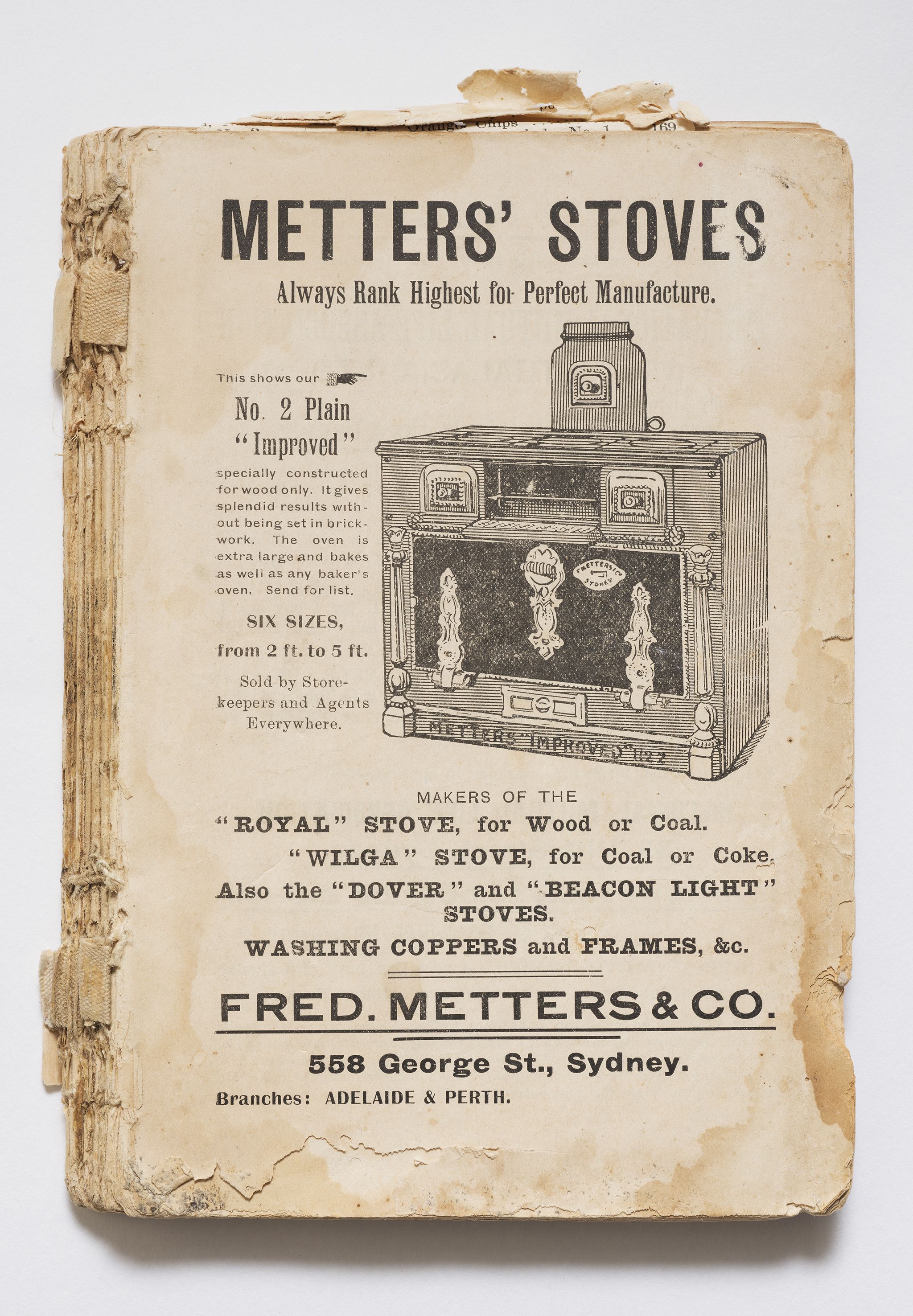
Recipe book for Metters' Stoves, Mugga-Mugga Cottage Collection, ACT Historic Places
Recipe book for Metters' Stoves, Mugga-Mugga Cottage Collection, ACT Historic Places
Among the pages of recipes for jams, jellies, sauces, chutneys and more are some that are dog eared to mind the spot.
Instructions for gooseberry jelly, marrow jam (imitation preserved ginger), and melon jam are liberally splattered with the stains of bygone years - clear evidence of the many busy and productive hours in the kitchen.

Pages from Metters' Stoves recipe book, Mugga-Mugga Cottage Collection, ACT Historic Places
Pages from Metters' Stoves recipe book, Mugga-Mugga Cottage Collection, ACT Historic Places

Mugga-Mugga Cottage kitchen
Mugga-Mugga Cottage kitchen
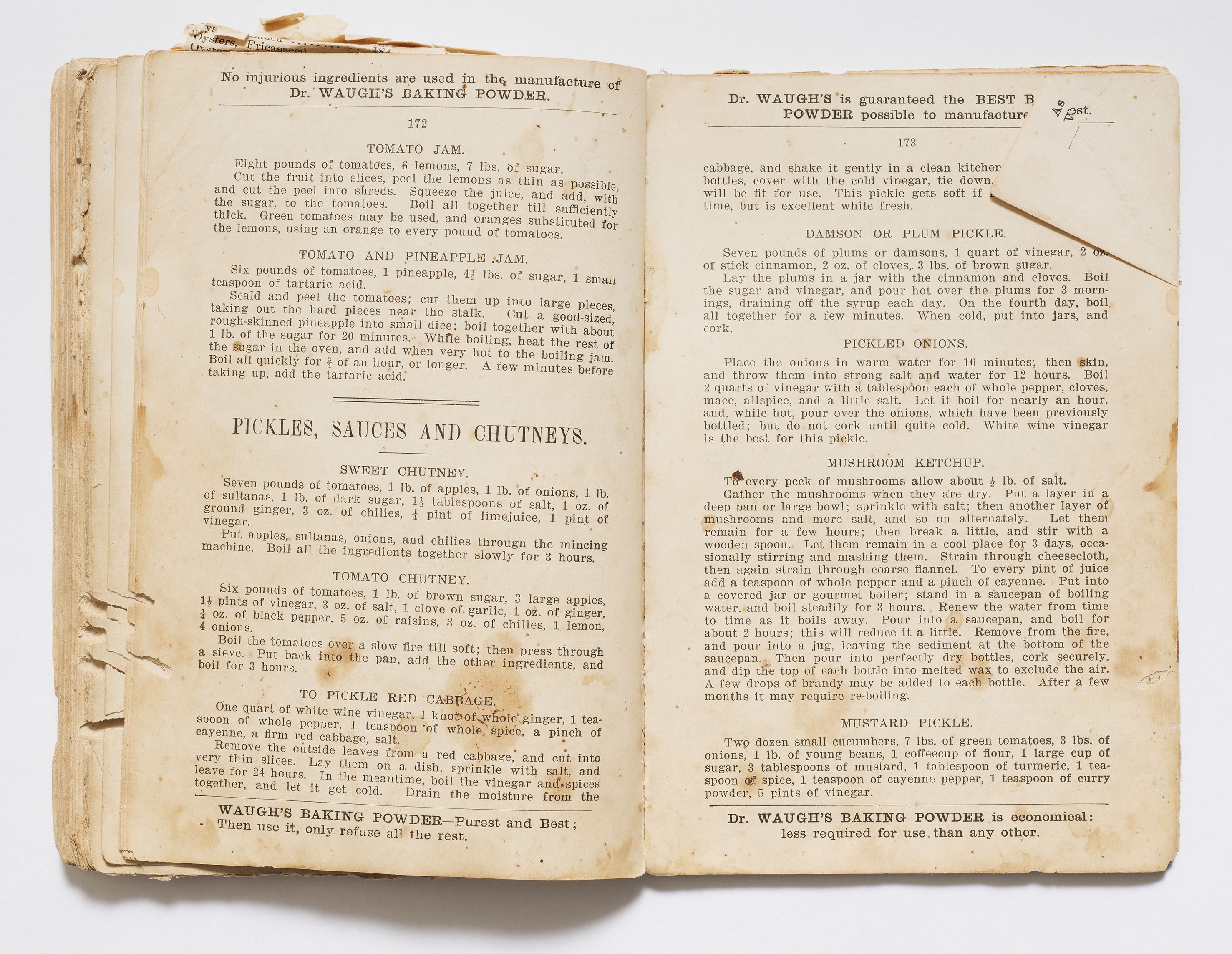
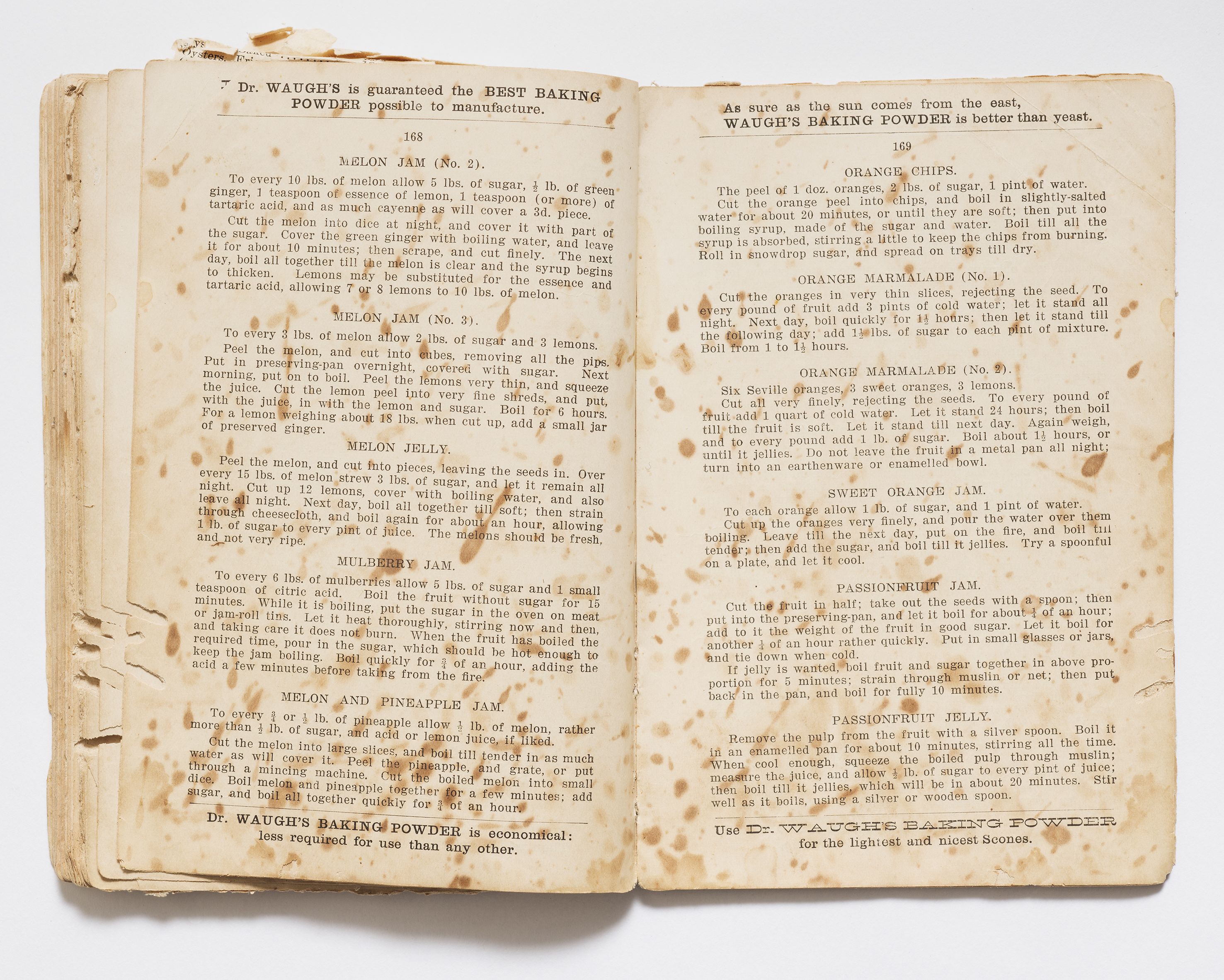
We acknowledge the Ngunnawal peoples as the Traditional Custodians of the Canberra region.
The region has always been an important meeting place and significant to other Aboriginal groups who have celebrated culture through the arts and cultural practices for tens of thousands of years.
Writer and digital producer: Cathy Pryor, Curator of Exhibitions and Research, ACT Historic Places
Photography: Brenton McGeachie
Collections and Conservation: Jenn Elton and Tamara Gervasoni, ACT Historic Places
Special thanks to Dawn Waterhouse for sharing her memories, and to Fowlers Vacola for permission to reproduce pages from Fowlers Method of Bottling Fruits and Vegetables by J Fowler from the Calthorpes House collection.
References:
Allen G, 2016, Can it! The Perils and Pleasures of Preserving Food, Reaktion Books
Curley S, 1998, A long journey- Duntroon, Mugga Mugga and three careers, ACT Government
Fowlers Vacola, 2015, What’s Old is New Again, Fowlers Vacola
Peel V, 2006, Joseph Fowler (1888-1972), Australian Dictionary of Biography online
Waterhouse D, 2002, Chortles, Chores and Chilblains-cameos of childhood in Calthorpes' House Canberra, ACT Historic Places

